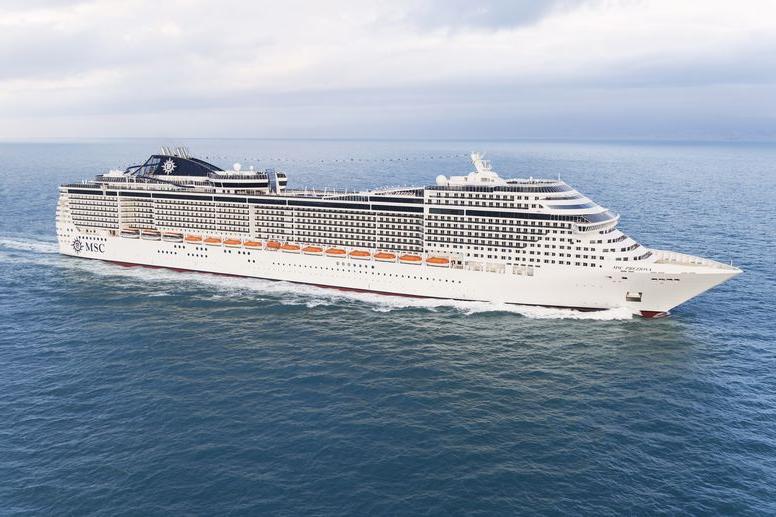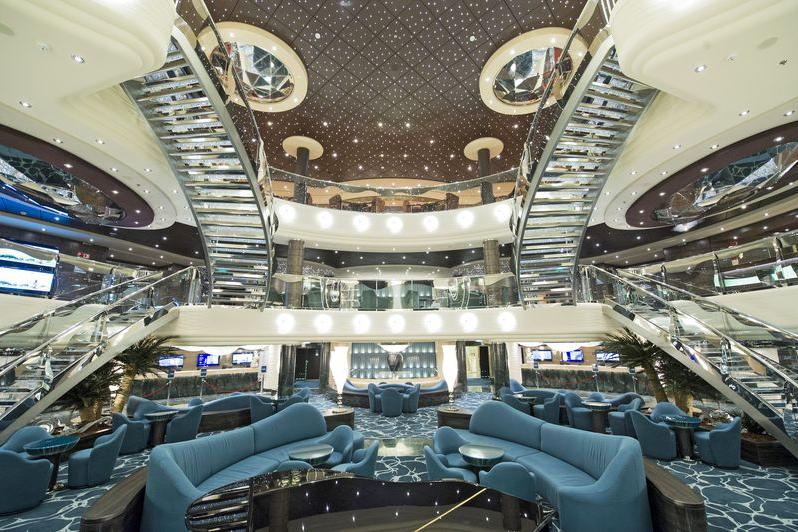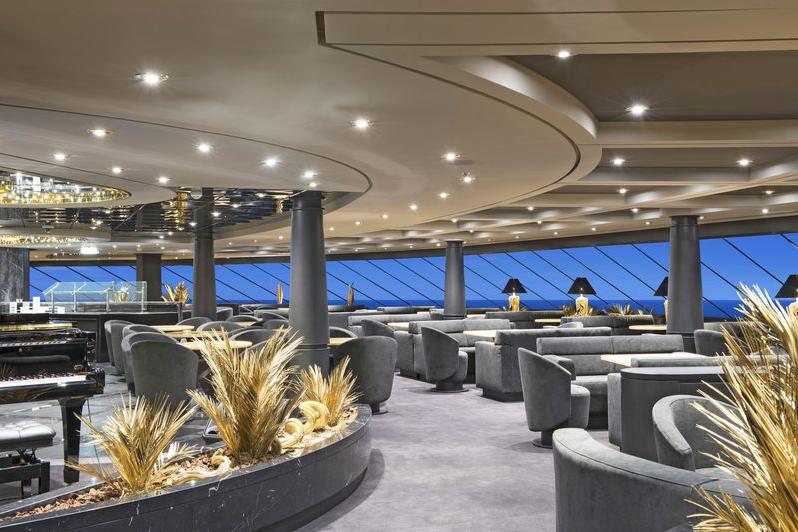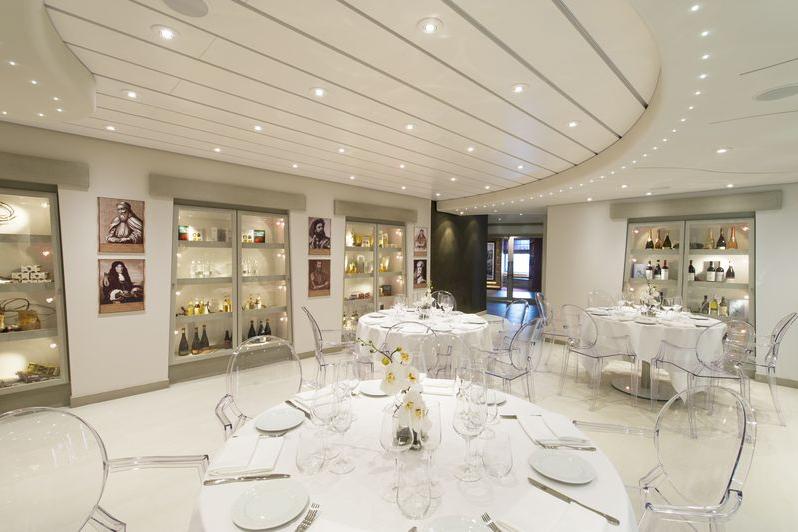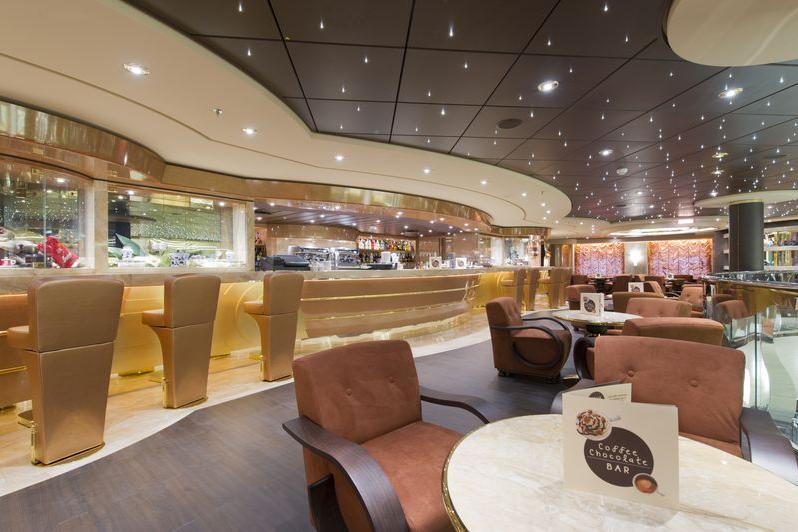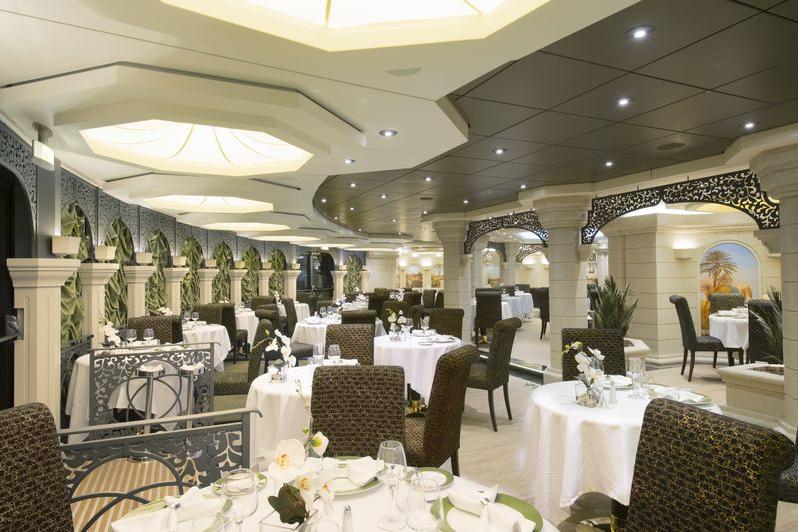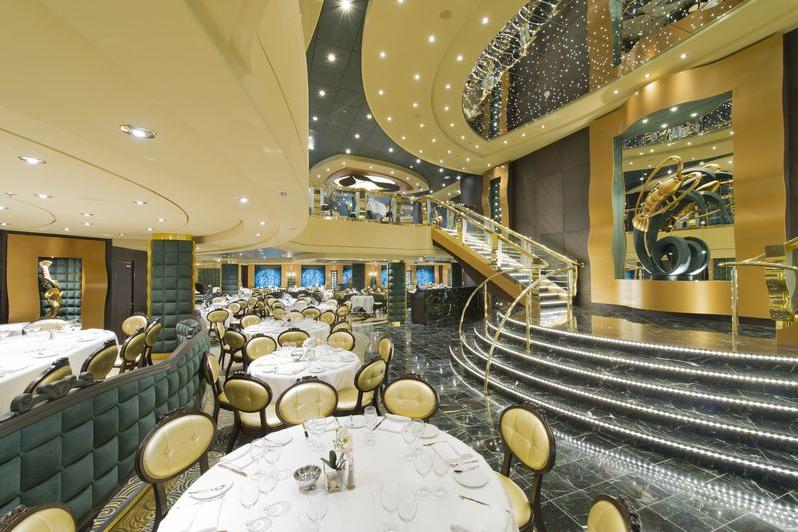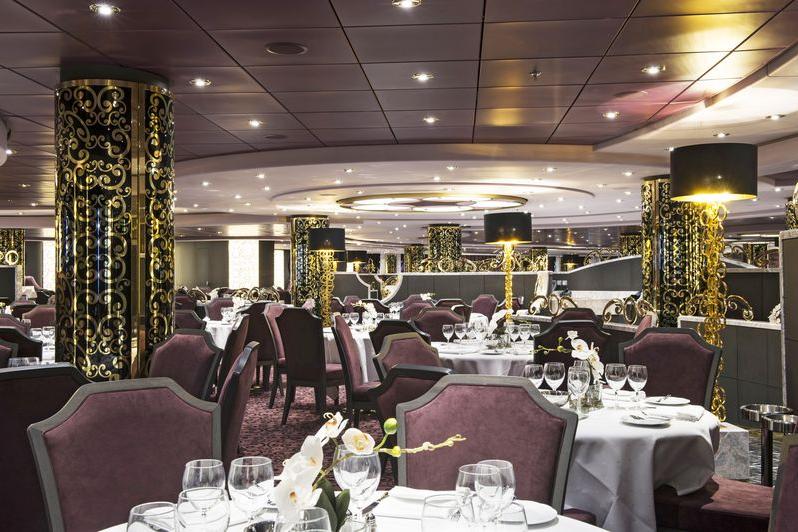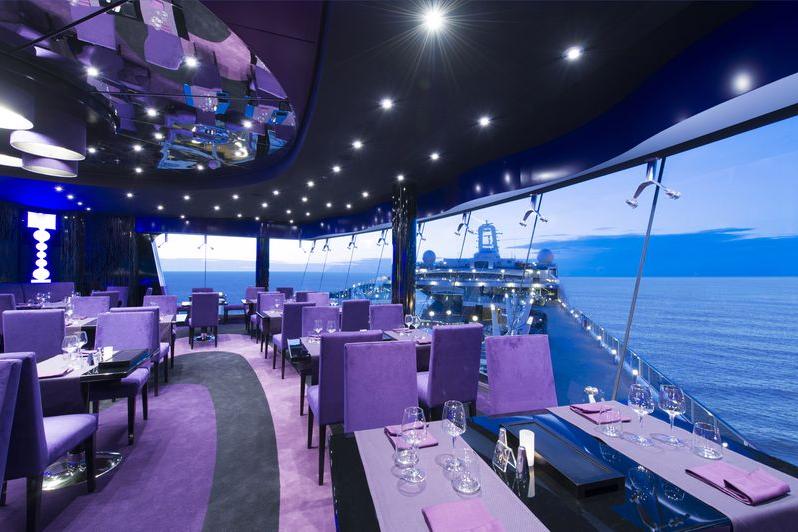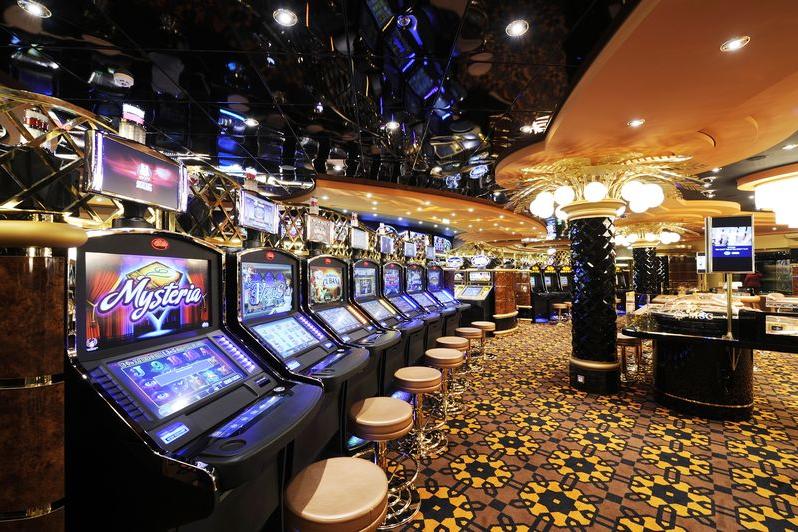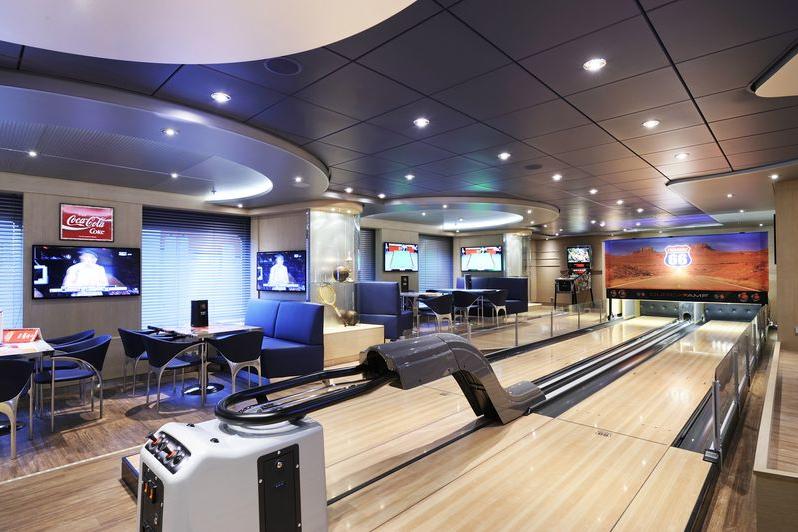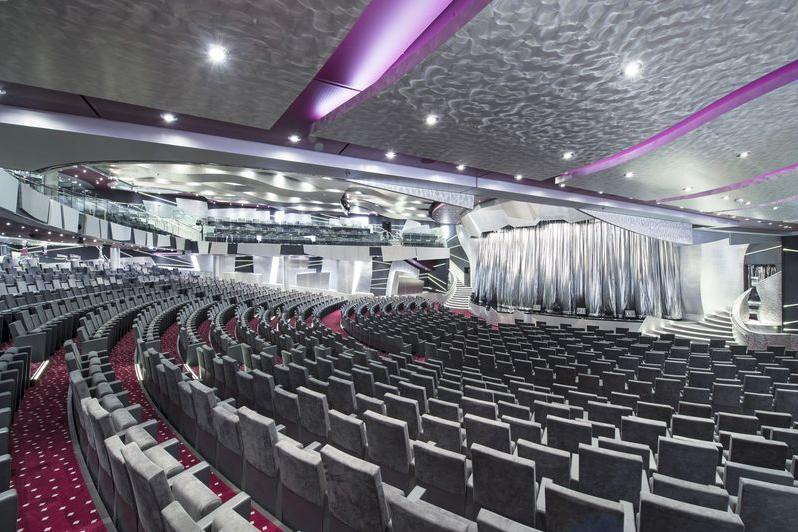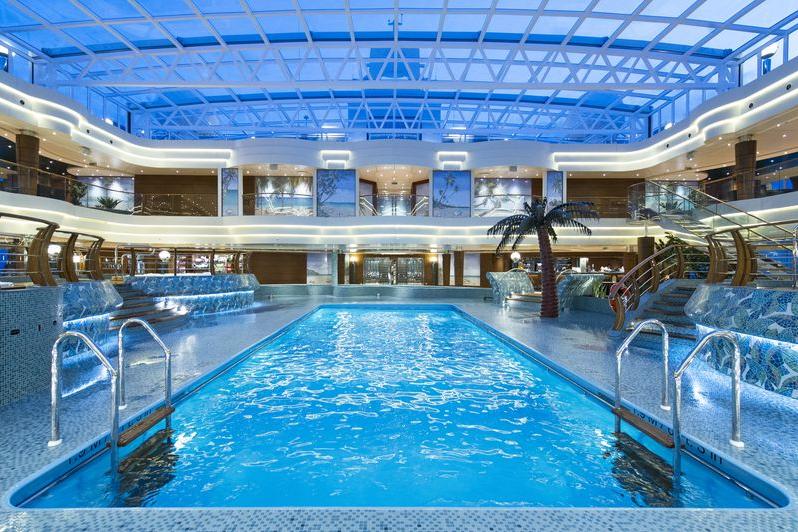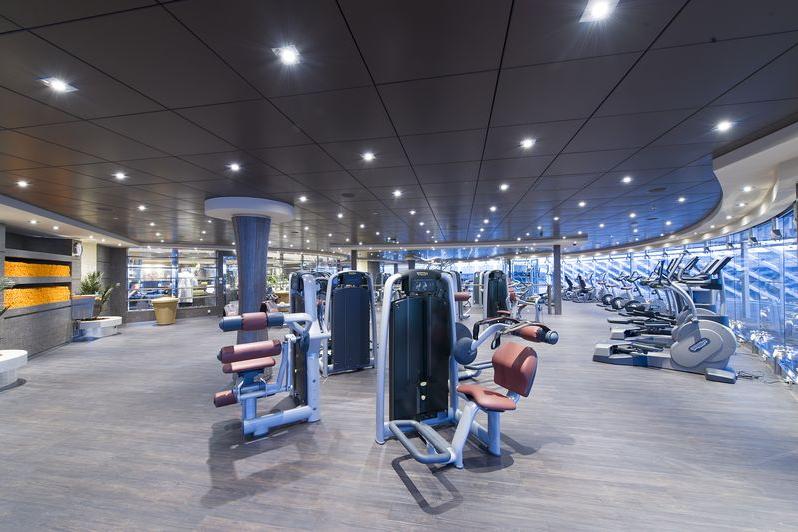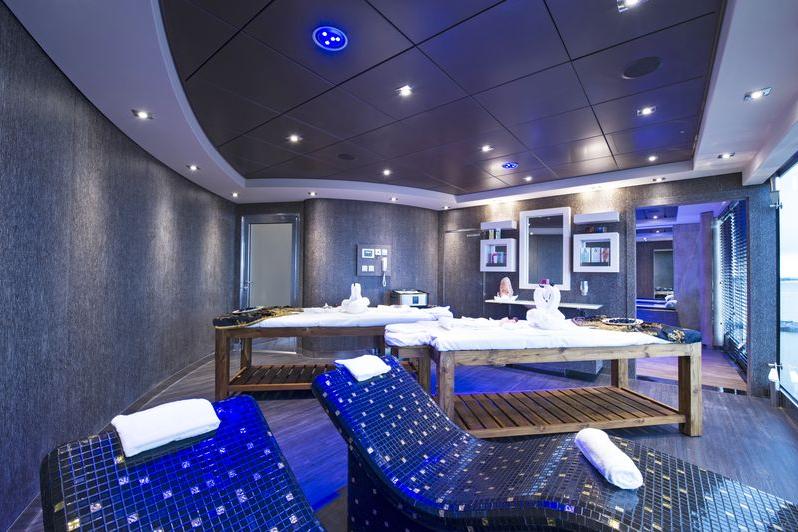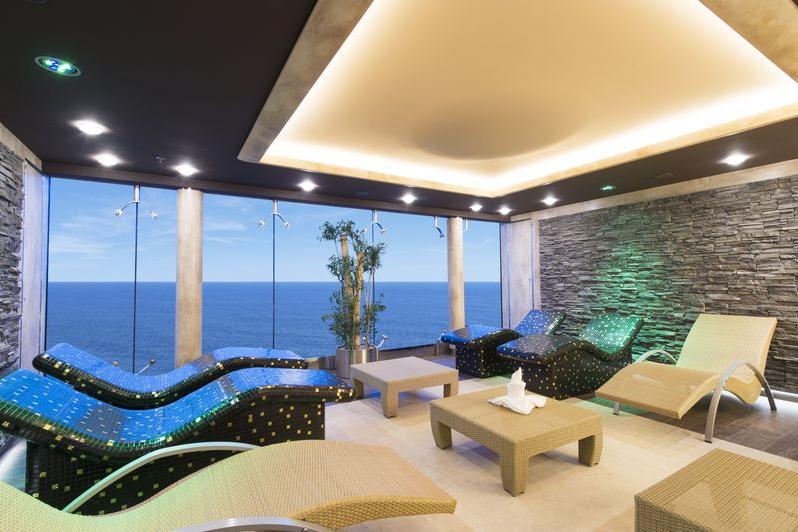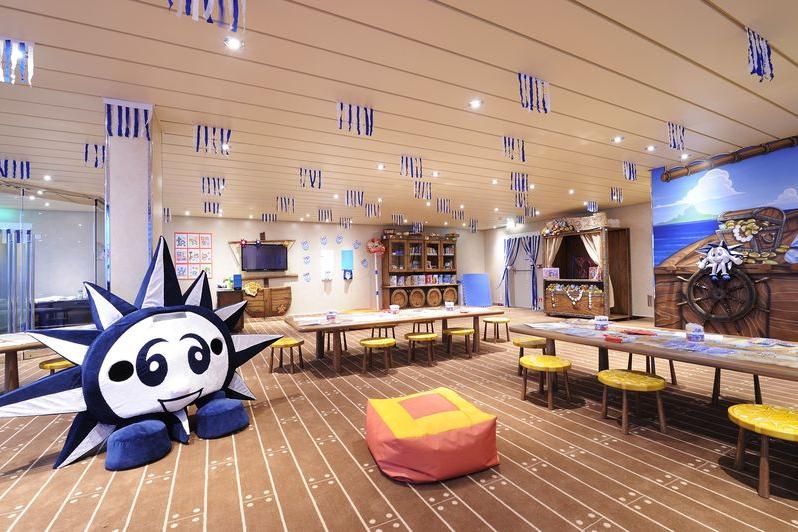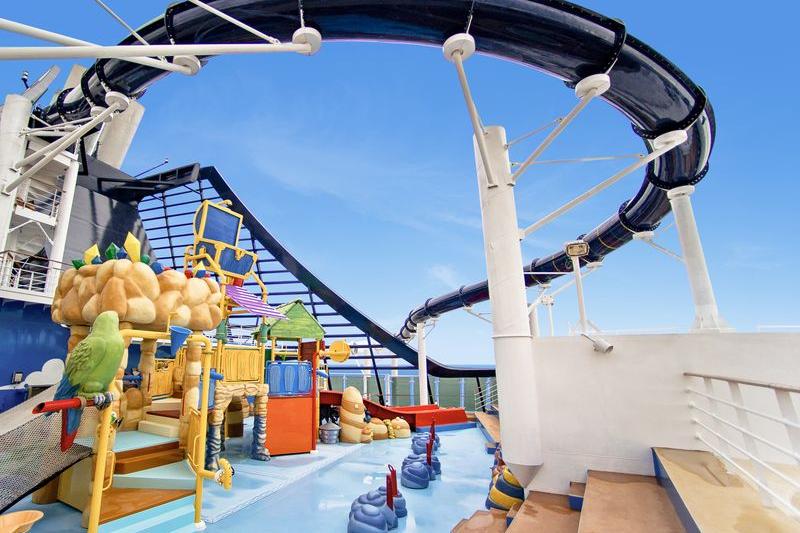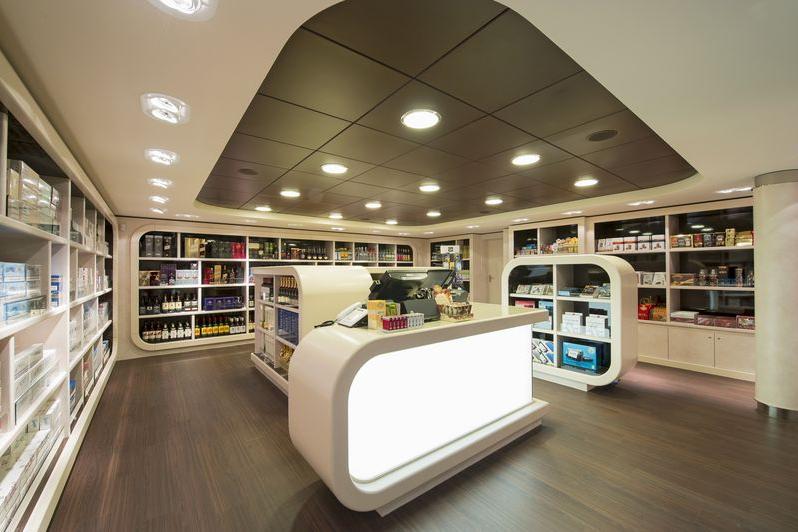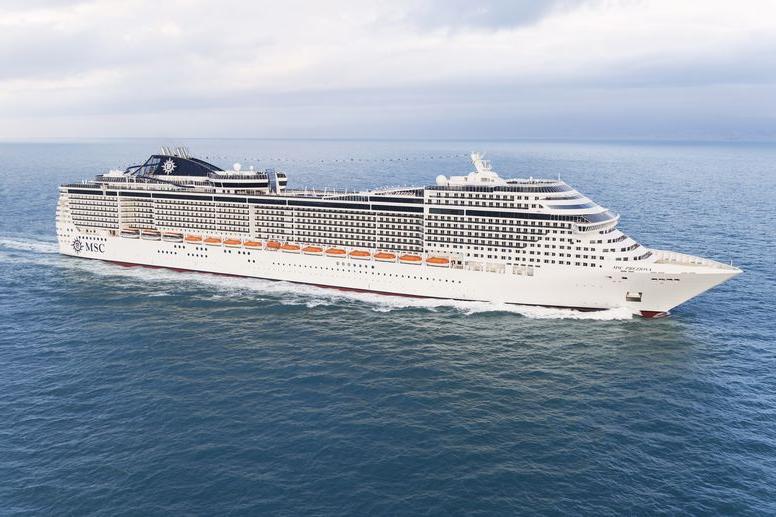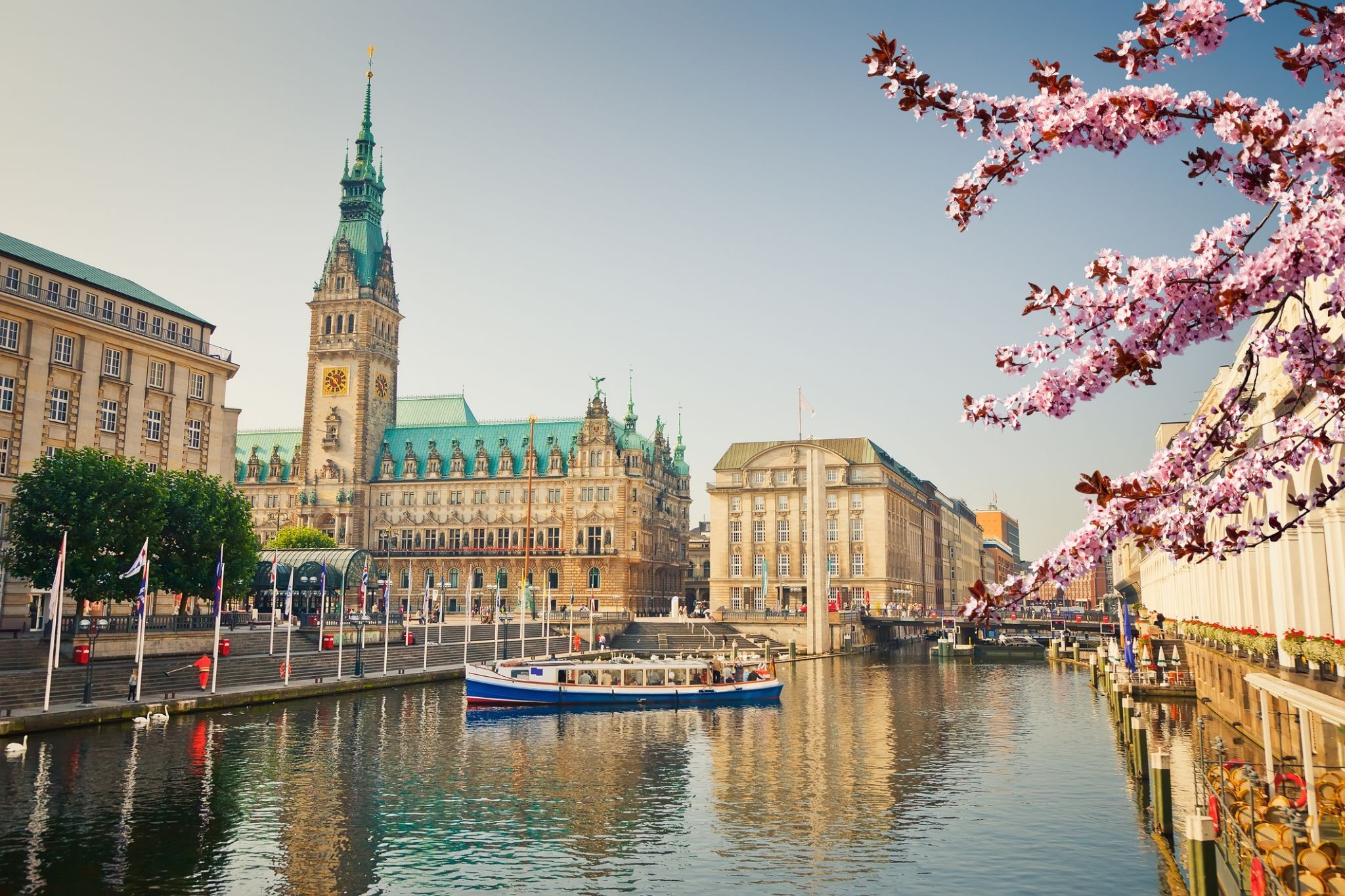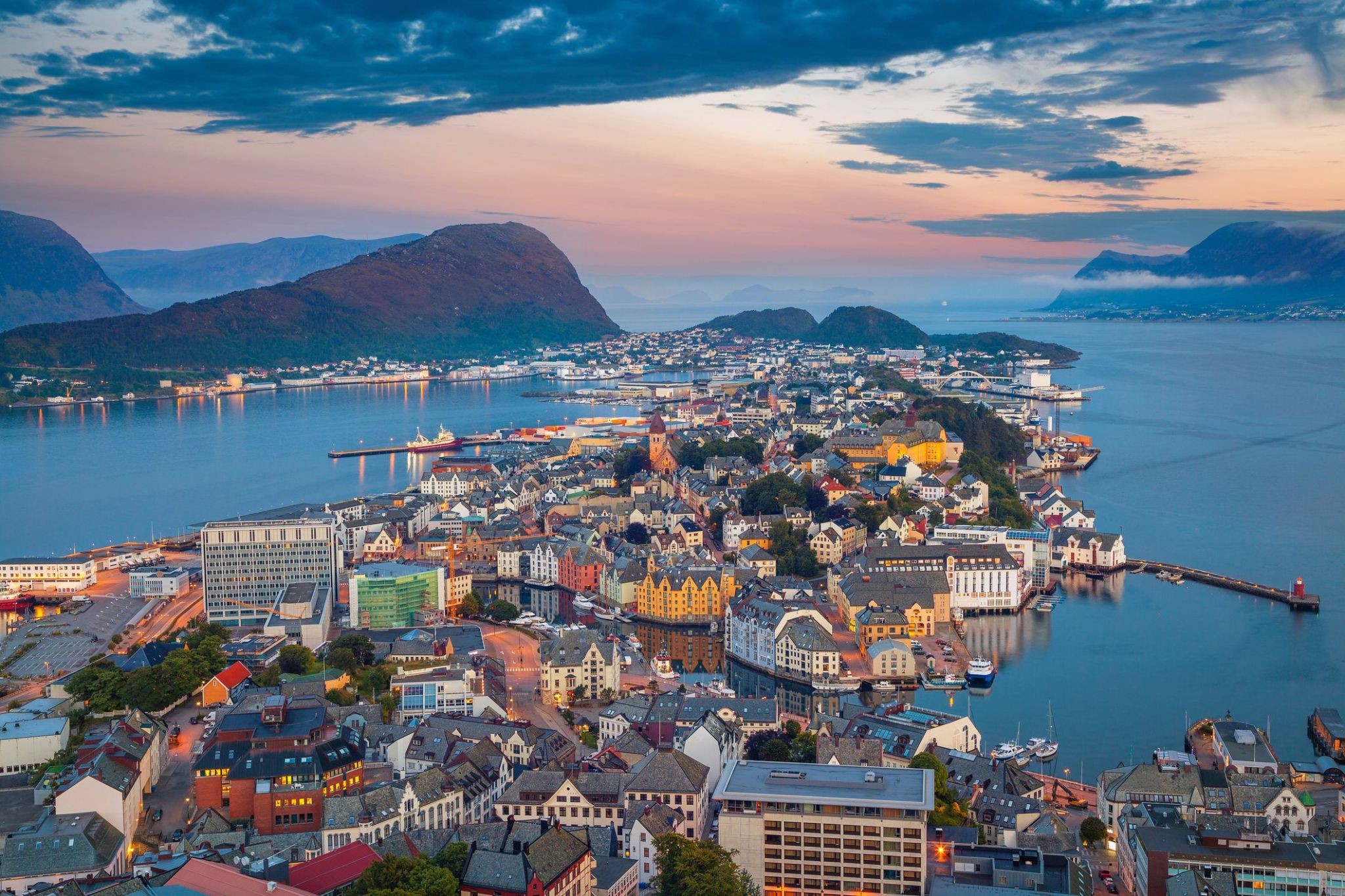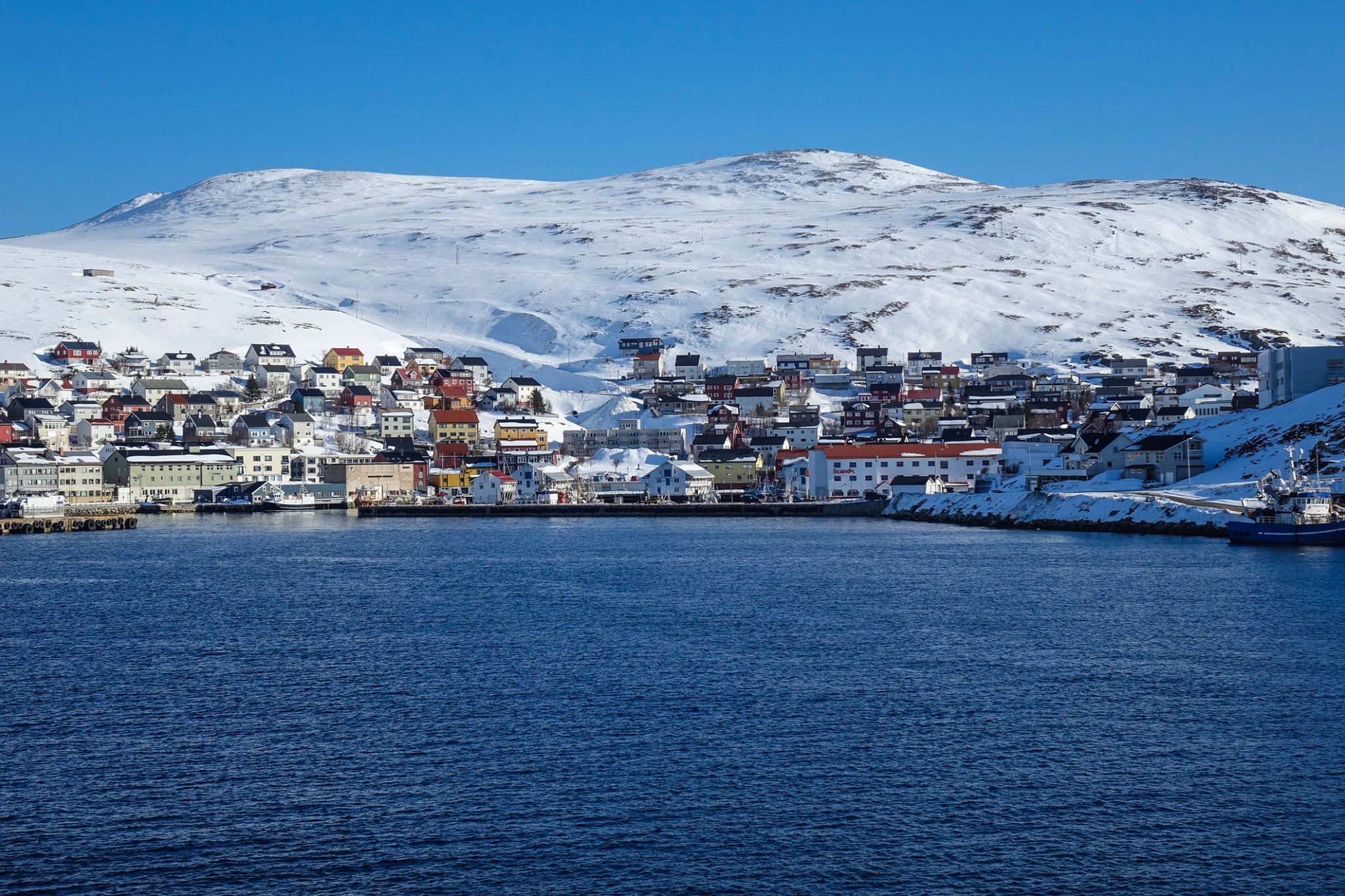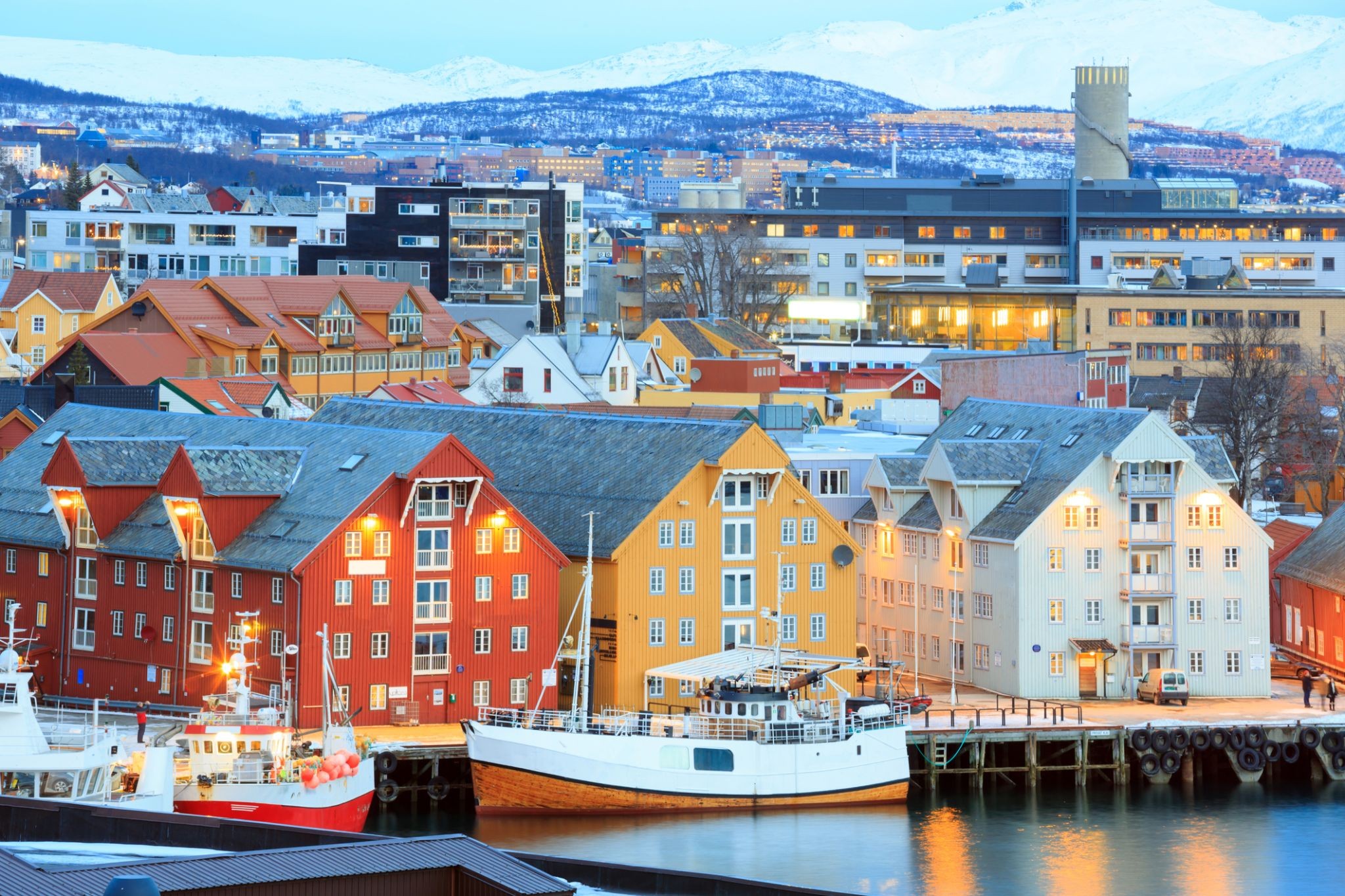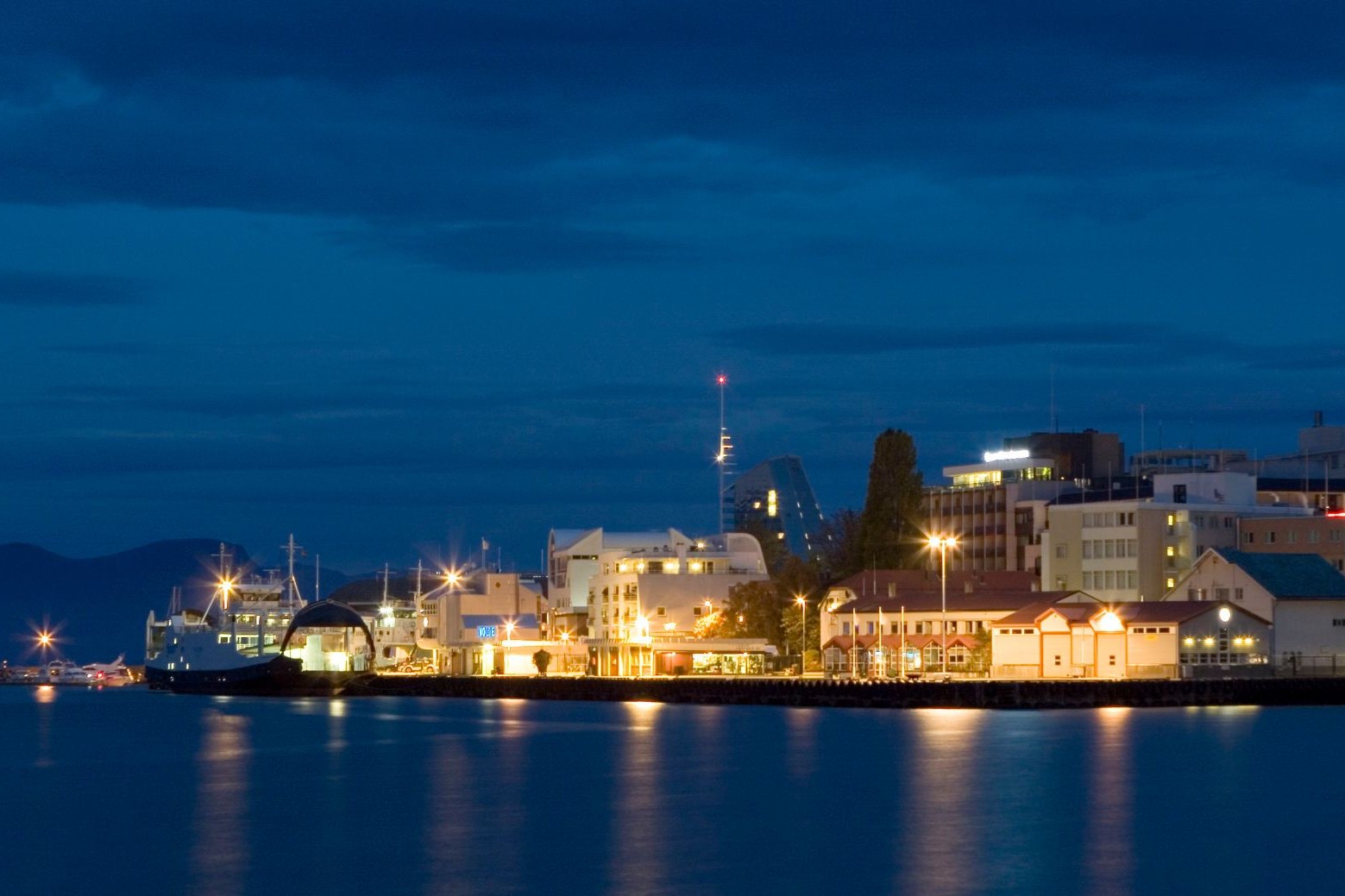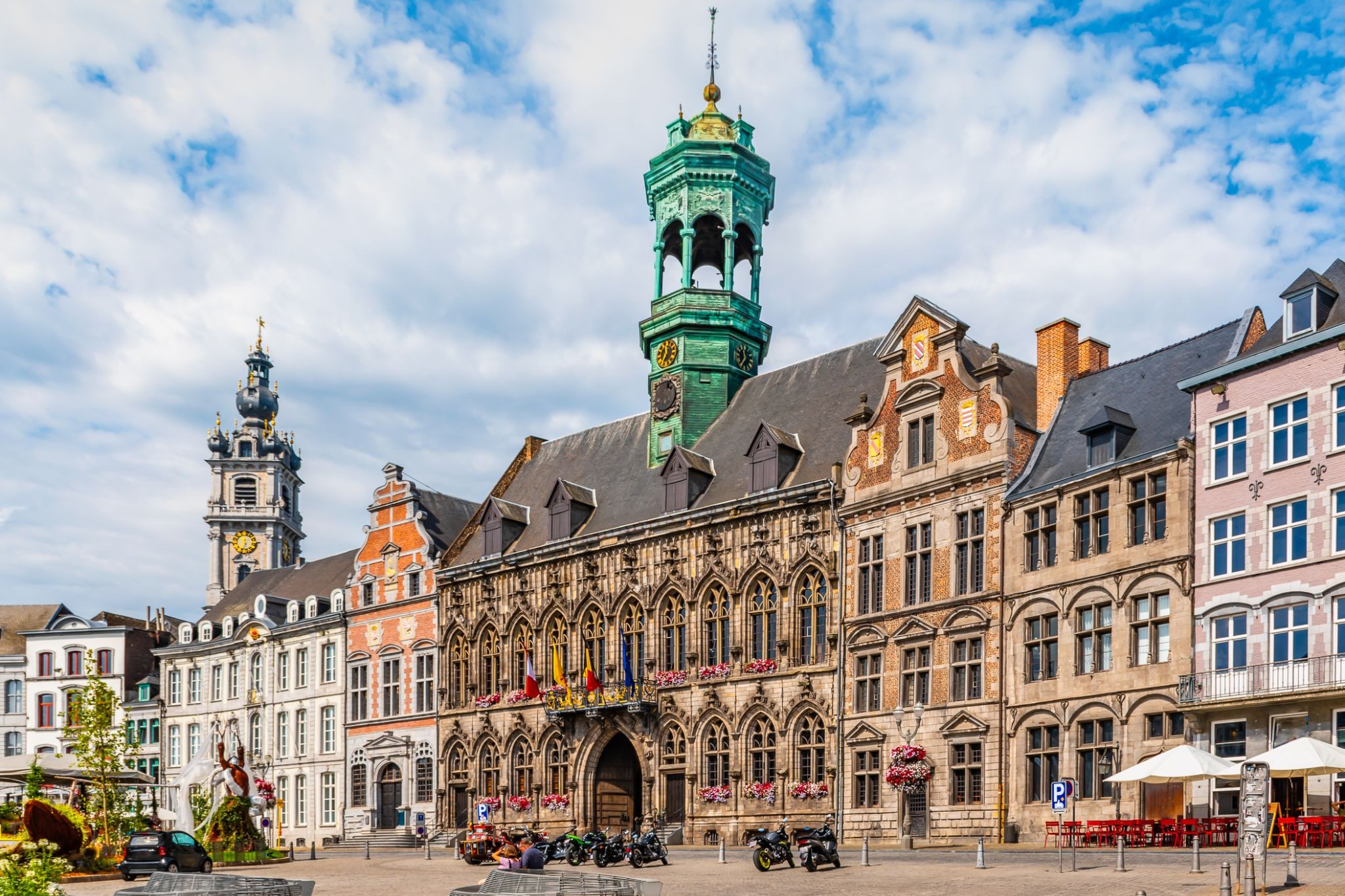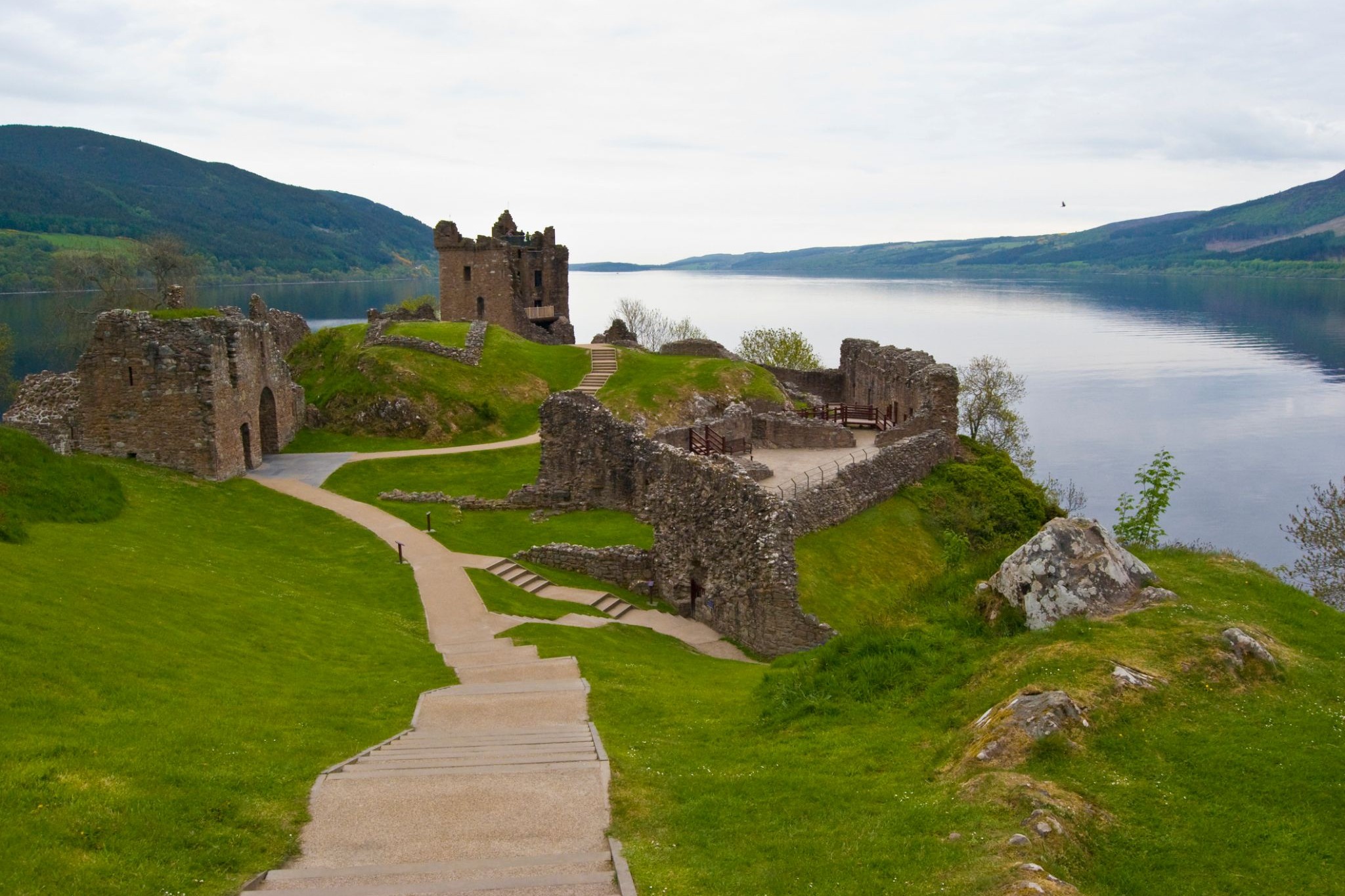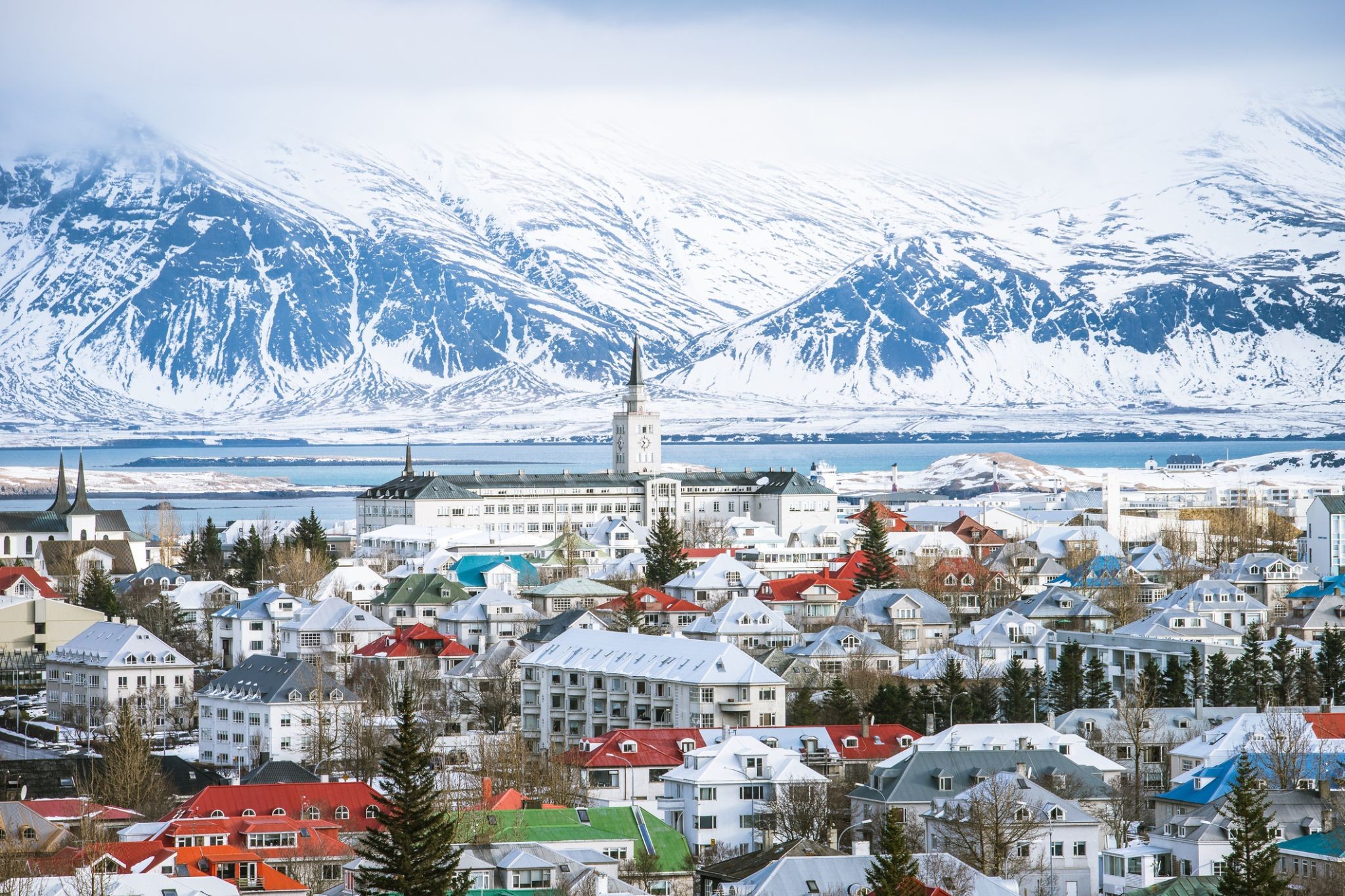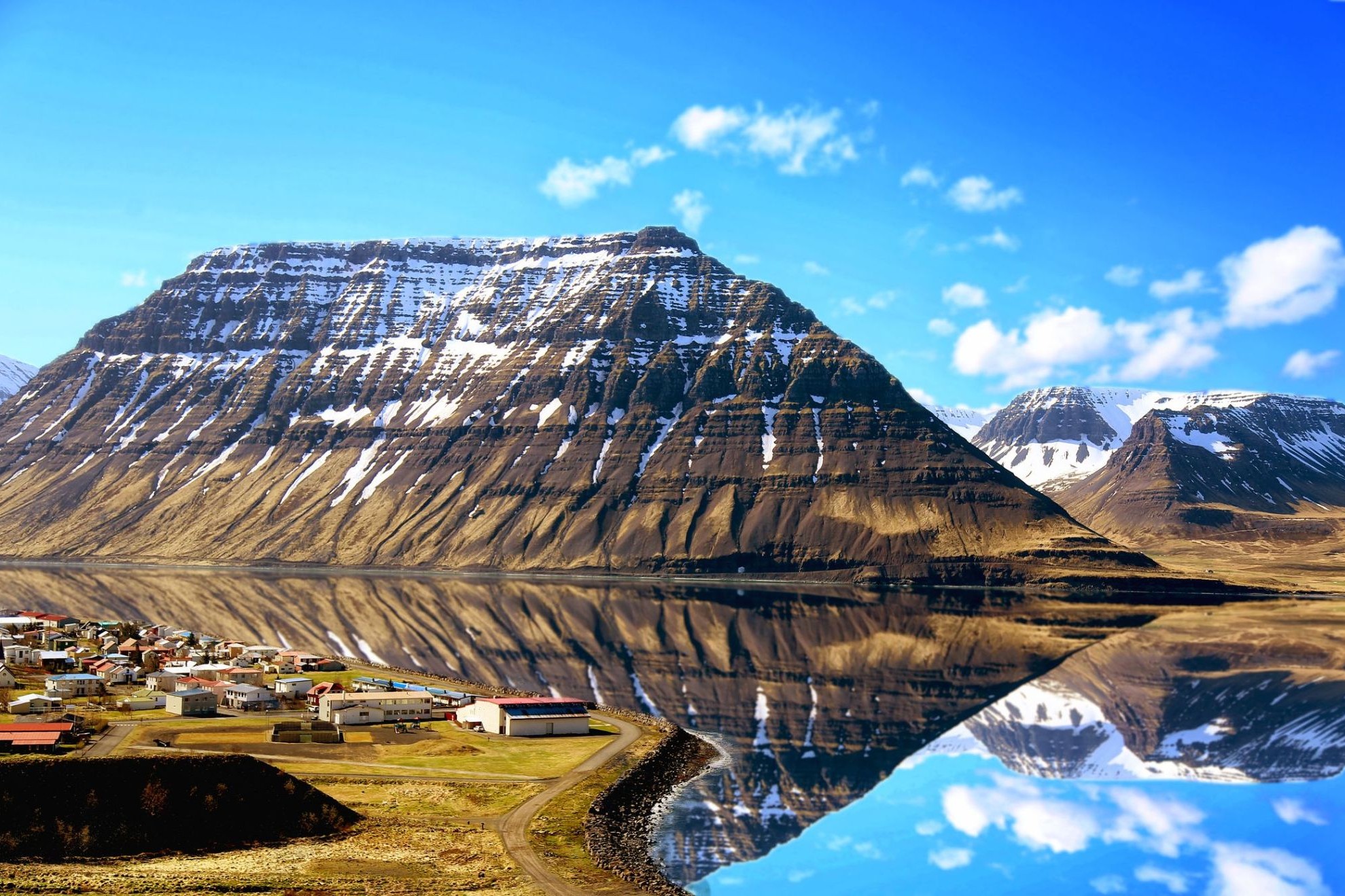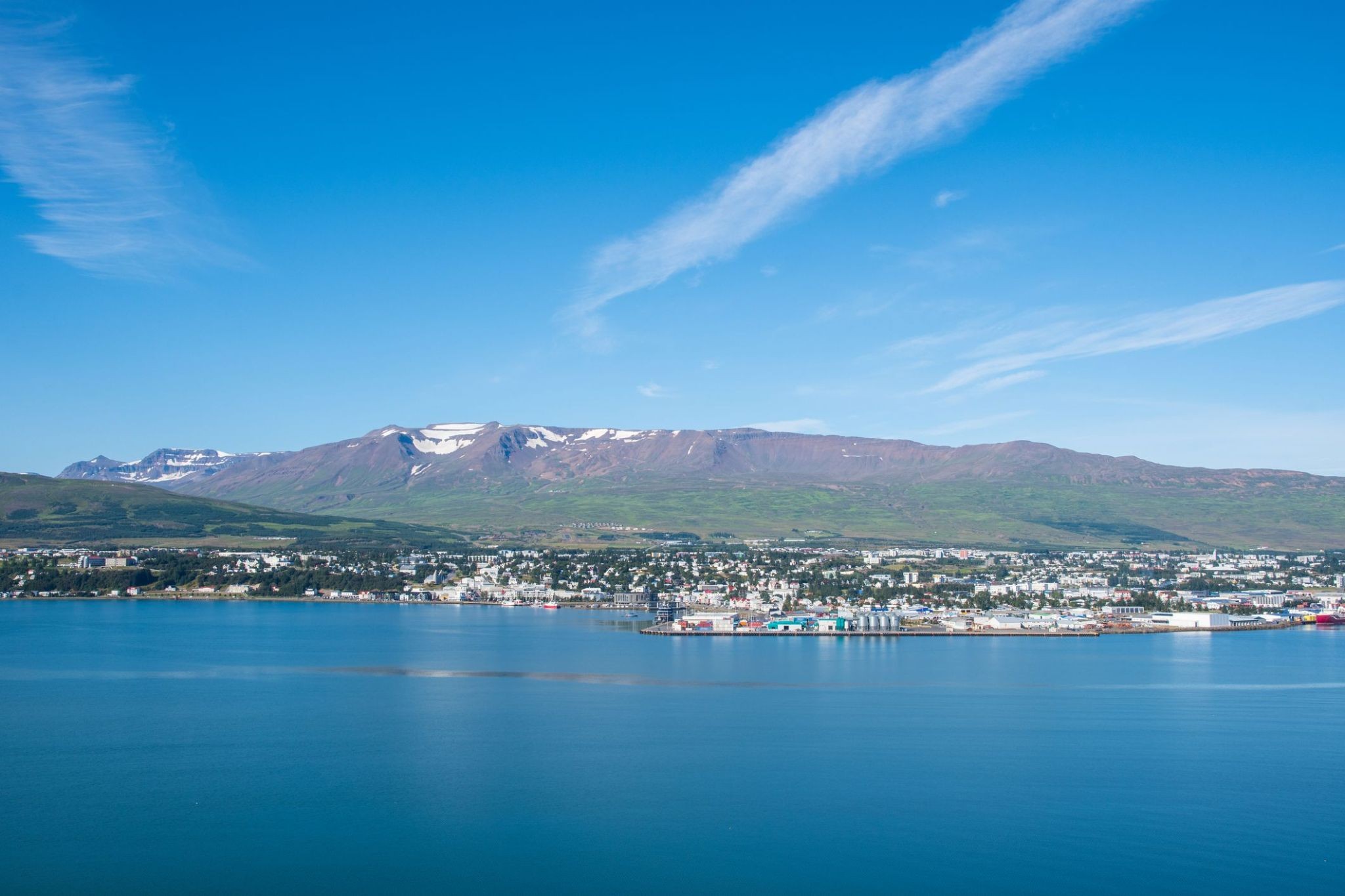Rejs 30 884 456
Niestety ten rejs jest chwilowo niedostępny.
22 noclegi Hamburg, Alesund, Honningsvag, Honningsvag, Tromso, Trondheim, Molde Fjord, Bergen, Hamburg, Invergo
| Region rejsu : Północna Europa, Europa |
| Firma : MSC Cruises |
| Statek : MSC Preziosa |
| Data rozpoczęcia : śr. 07 maj 2025 |
| Data zakończenia : czw. 29 maj 2025 |
| Liczba nocy : 22 nocy |
Harmonogram
| Dzień | Data | Port | Wypłynięcie | Odpłynięcie |
|---|---|---|---|---|
| 1 | 7.05 śr. | Hamburg / Niemcy | 19:00 | |
| 2 | 8.05 czw. | Dzień na morzu / Morze | ||
| 3 | 9.05 pt. | Olesunn / Norway | 09:00 | 17:00 |
| 4 | 10.05 sob. | Dzień na morzu / Morze | ||
| 5 | 11.05 niedz. | Honninsvog / Norway | 13:00 | 23:59 |
| 6 | 12.05 pon. | Honninsvog / Norway | 00:01 | 02:00 |
| 6 | 12.05 pon. | Tromsø / Norway | 13:00 | 21:00 |
| 7 | 13.05 wt. | Dzień na morzu / Morze | ||
| 8 | 14.05 śr. | Trondheim / Norway | 08:00 | 19:00 |
| 9 | 15.05 czw. | Molde / Norway | 07:00 | 17:00 |
| 10 | 16.05 pt. | Mons / Belgia | 09:00 | 19:00 |
| 11 | 17.05 sob. | Dzień na morzu / Morze | ||
| 12 | 18.05 niedz. | Hamburg / Niemcy | 07:00 | 19:00 |
| 13 | 19.05 pon. | Dzień na morzu / Morze | ||
| 14 | 20.05 wt. | Invergordon / Wielka Brytania | 07:00 | 17:00 |
| 15 | 21.05 śr. | Dzień na morzu / Morze | ||
| 16 | 22.05 czw. | Reykjavik / Islandia | 10:00 | 23:59 |
| 17 | 23.05 pt. | Reykjavik / Islandia | 00:01 | 18:00 |
| 18 | 24.05 sob. | Isafjordur / Islandia | 07:00 | 19:00 |
| 19 | 25.05 niedz. | Akureyri / Islandia | 07:00 | 18:00 |
| 20 | 26.05 pon. | Dzień na morzu / Morze | ||
| 21 | 27.05 wt. | Kirkwall / Wielka Brytania | 09:00 | 20:00 |
| 22 | 28.05 śr. | Dzień na morzu / Morze | ||
| 23 | 29.05 czw. | Hamburg / Niemcy | 06:00 |
- zakwaterowanie w kabinie wybranej kategorii;
- wyżywienie - 3 główne posiłki, przekąski między posiłkami;
- napoje serwowane do śniadania i w bufetach samoobsługowych;
- napiwki dla obsługi (kwota zależy od długości rejsu);
- serwis bagażowy podczas wejścia i zejścia ze statku;
- serwis kabinowy;
- korzystanie ze wszystkich urządzeń sportowo - rekreacyjnych znajdujących się na pokładzie statku (basen, jacuzzi, sala fitness, itp.);
- udział we wszystkich imprezach organizowanych na statku (przedstawienia w teatrze, koncerty, programy animacyjne itp.);
- opłaty portowe.
Koszty dodatkowe:
- ubezpieczenie (ubezpieczenie medyczne, ubezpieczenie od odwołania podróży)
- bilet lotniczy, transport kolejowy (koszty transportu do portu wyjścia i z portu przybycia statku)
- transfery (z lotniska/dworca kolejowego do portu morskiego i z powrotem)
- wycieczki
- rezerwacje hotelowe przed i po rejsie, jeśli chcesz przedłużyć swoje wakacje na lądzie.
Dodatkowo płatne na statku:
- odwiedzanie alternatywnych barów i restauracji
- usługi ośrodków SPA, fryzjerów, salonów kosmetycznych
- Usługi medyczne
- pranie, prasowanie
- kasyno
- automaty do gry itp. w zależności od konkretnego modelu.
Za każdy zakup towarów w barach, restauracjach, sklepach i punktach usługowych, takich jak SPA, fryzjer itp. pobierana jest dodatkowa opłata za obsługę, której średnia wysokość wynosi 15% ceny zakupu.
Warunki kary:
- Ponad 60 dni przed wyjazdem: 50 euro za osobę
- od 59 do 30 dni: 30%
- od 29 do 22 dni: 50%
- od 21 do 15 dni: 70%
- 14 dni lub mniej przed wyjazdem: 100%
-
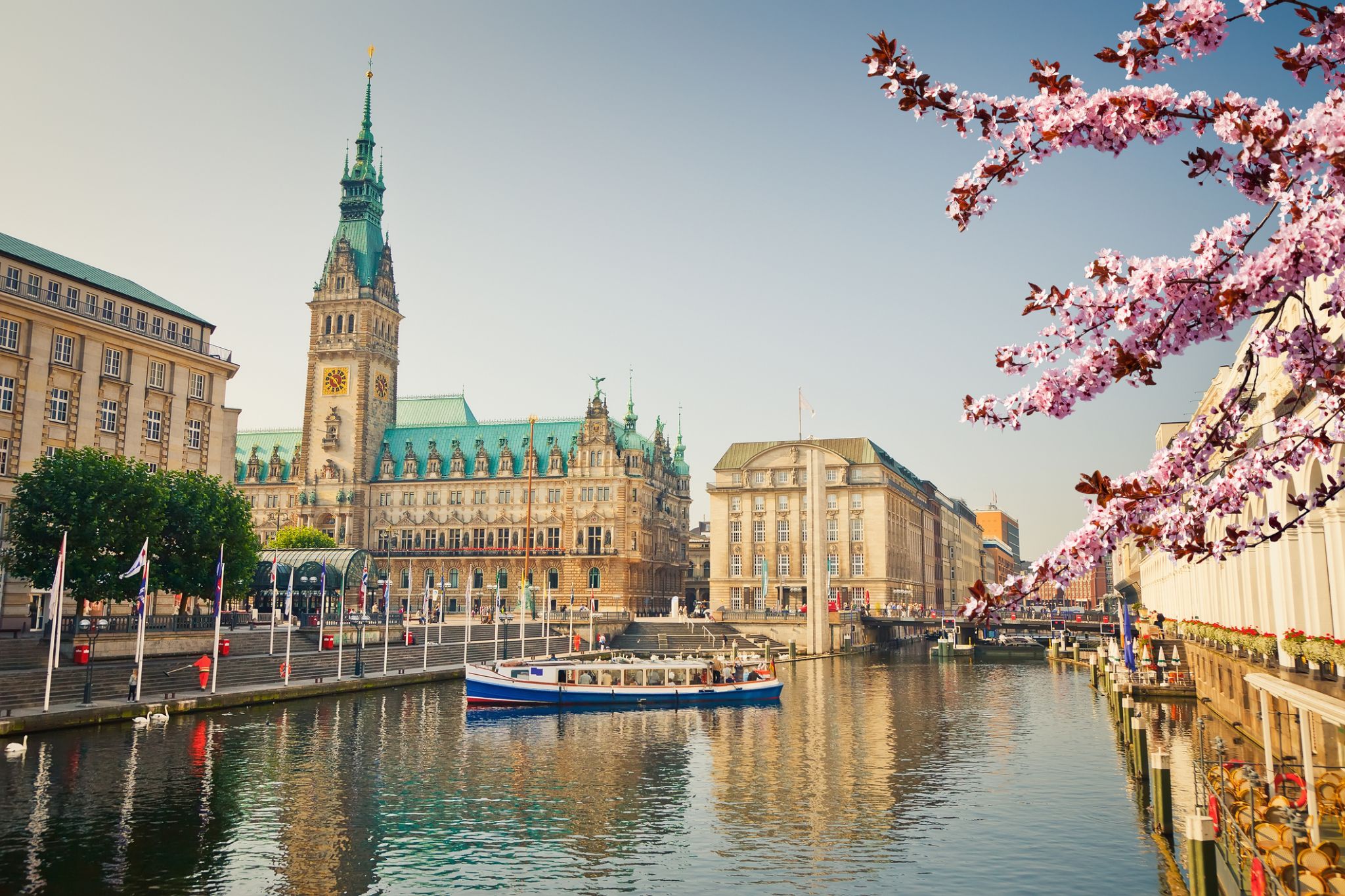 Dzień 1: 19:00
Dzień 1: 19:00Hamburg / Niemcy
Hamburg ; officially the Free and Hanseatic City of Hamburg is the second-largest city in Germany with a population of over 1.8 million.
One of Germany's 16 federal states, it is surrounded by Schleswig-Holstein to the north and Lower Saxony to the south. The city's metropolitan region is home to more than five million people. Hamburg lies on the River Elbe and two of its tributaries, the River Alster and the River Bille.
-
 Dzień 2:
Dzień 2:Dzień na morzu / Morze
-
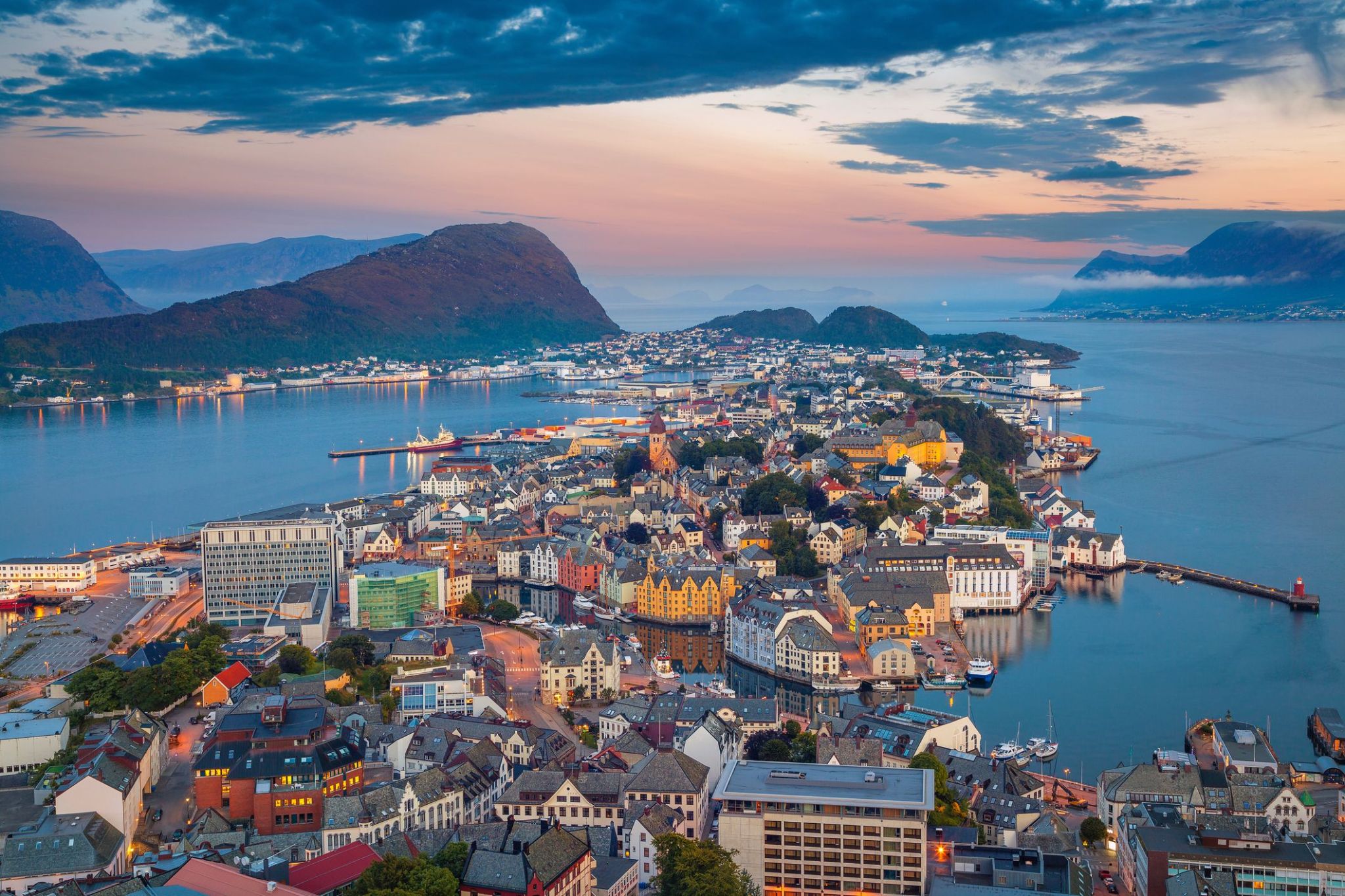 Dzień 3: 09:00-17:00
Dzień 3: 09:00-17:00Olesunn / Norway
-
 Dzień 4:
Dzień 4:Dzień na morzu / Morze
-
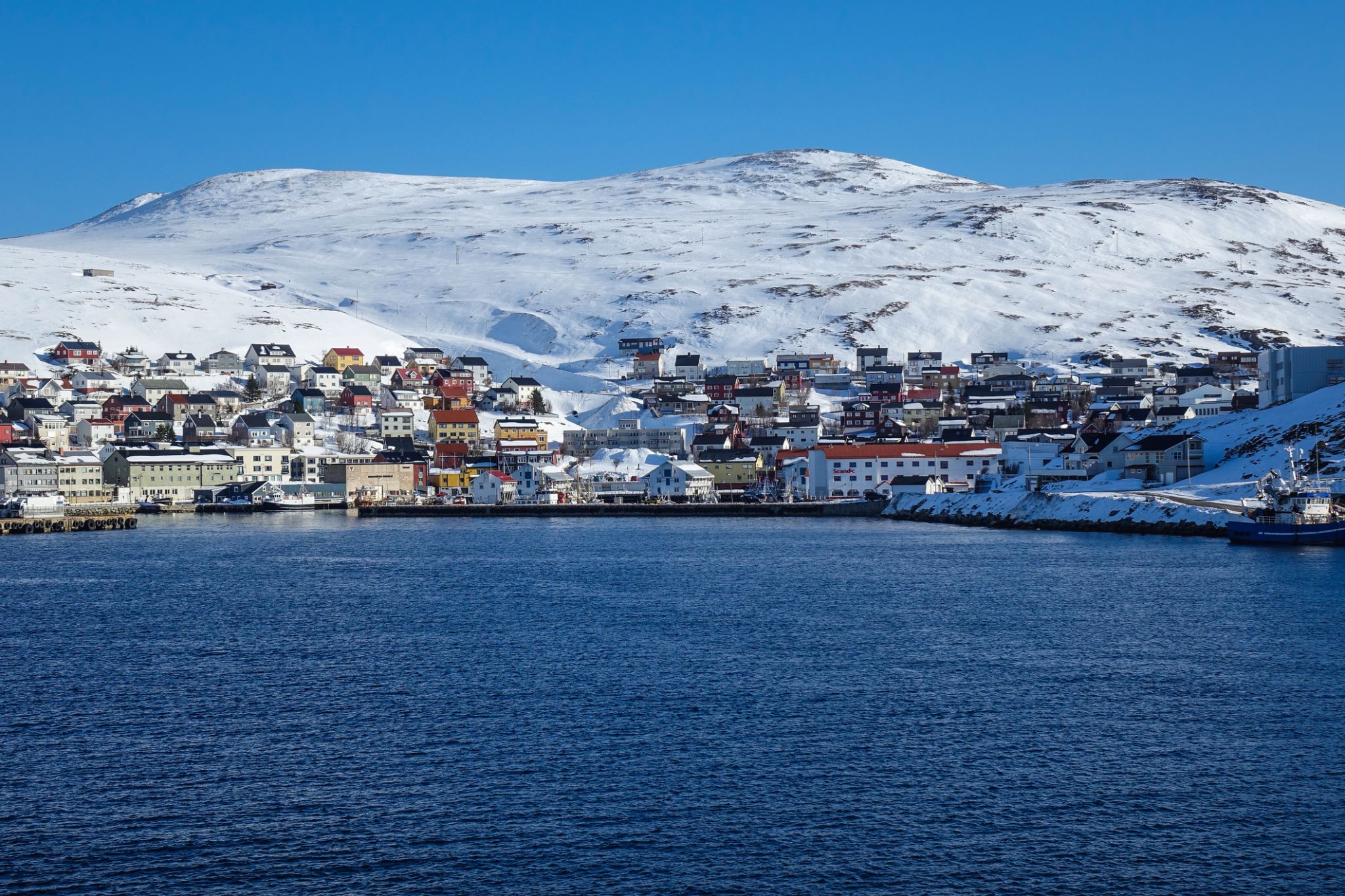 Dzień 5: 13:00-23:59
Dzień 5: 13:00-23:59Honninsvog / Norway
Honningsvåg is the northernmost city in Norway. It is located in Nordkapp Municipality in Finnmark county. Legislation effective in 1997 states that a Norwegian city/town (same word in Norwegian) must have at least 5,000 inhabitants, but Honningsvåg was declared a city in 1996, thus exempt from this legislation, so it is also one of the smallest cities in Norway. The 1.05-square-kilometre (260-acre) town has a population (2017) of 2,484 which gives the town a population density of 2,366 inhabitants per square kilometre (6,130/sq mi).
Honningsvåg is situated at a bay on the southeastern side of the large island of Magerøya, while the famous North Cape and its visitor center is on the northern side of the island. Honningsvåg is a port of call for cruise ships, especially in the summer months. The ice-free ocean (southwestern part of the Barents Sea) provides rich fisheries and tourism is also important to the town. Even at 71°N, many private gardens in Honningsvåg have trees, although rarely more than 3 to 4 metres (9.8 to 13.1 ft) tall.
-
 Dzień 6: 00:01-02:00
Dzień 6: 00:01-02:00Honninsvog / Norway
Honningsvåg is the northernmost city in Norway. It is located in Nordkapp Municipality in Finnmark county. Legislation effective in 1997 states that a Norwegian city/town (same word in Norwegian) must have at least 5,000 inhabitants, but Honningsvåg was declared a city in 1996, thus exempt from this legislation, so it is also one of the smallest cities in Norway. The 1.05-square-kilometre (260-acre) town has a population (2017) of 2,484 which gives the town a population density of 2,366 inhabitants per square kilometre (6,130/sq mi).
Honningsvåg is situated at a bay on the southeastern side of the large island of Magerøya, while the famous North Cape and its visitor center is on the northern side of the island. Honningsvåg is a port of call for cruise ships, especially in the summer months. The ice-free ocean (southwestern part of the Barents Sea) provides rich fisheries and tourism is also important to the town. Even at 71°N, many private gardens in Honningsvåg have trees, although rarely more than 3 to 4 metres (9.8 to 13.1 ft) tall.
-
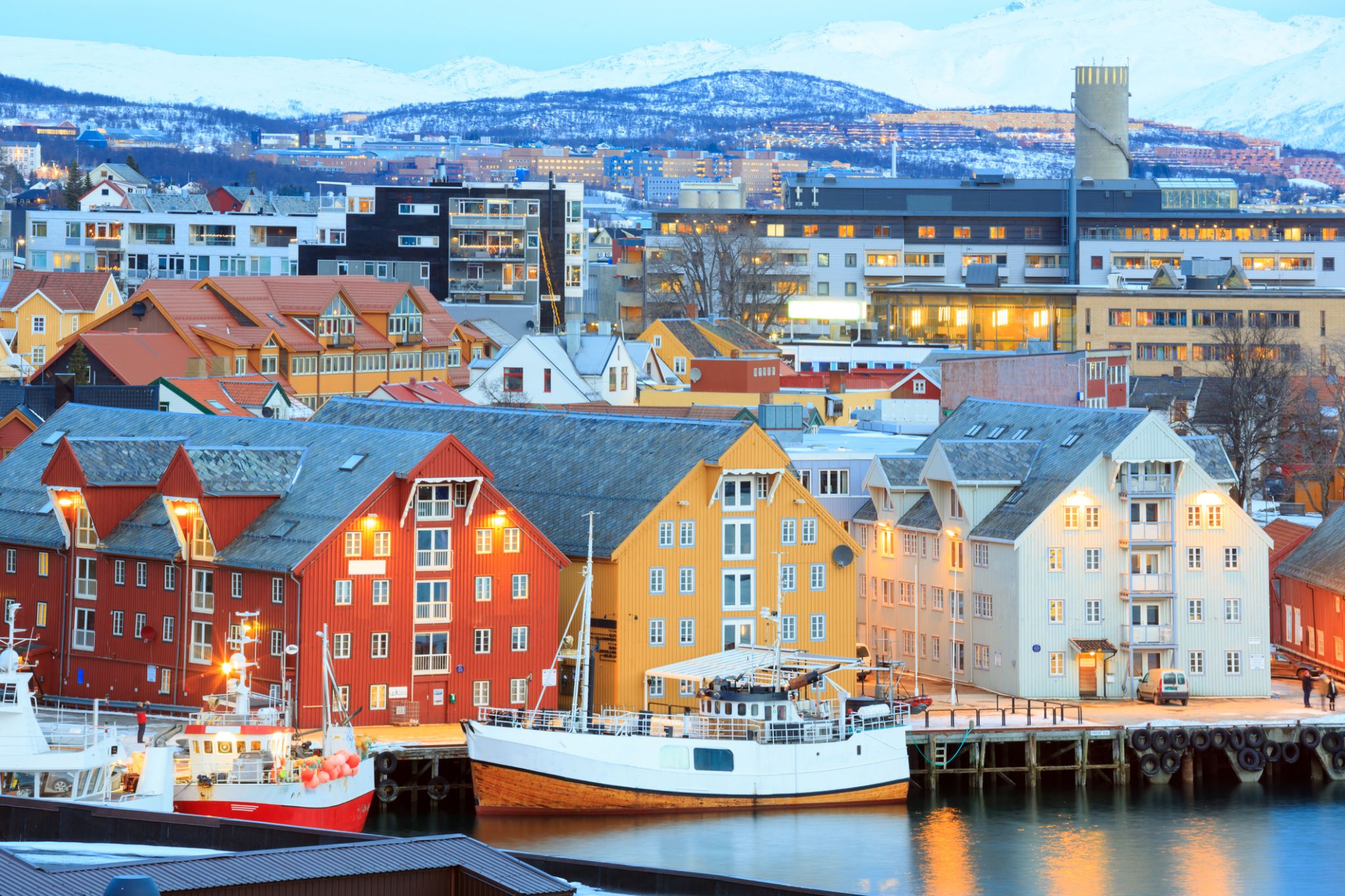 Dzień 6: 13:00-21:00
Dzień 6: 13:00-21:00Tromsø / Norway
-
 Dzień 7:
Dzień 7:Dzień na morzu / Morze
-
 Dzień 8: 08:00-19:00
Dzień 8: 08:00-19:00Trondheim / Norway
-
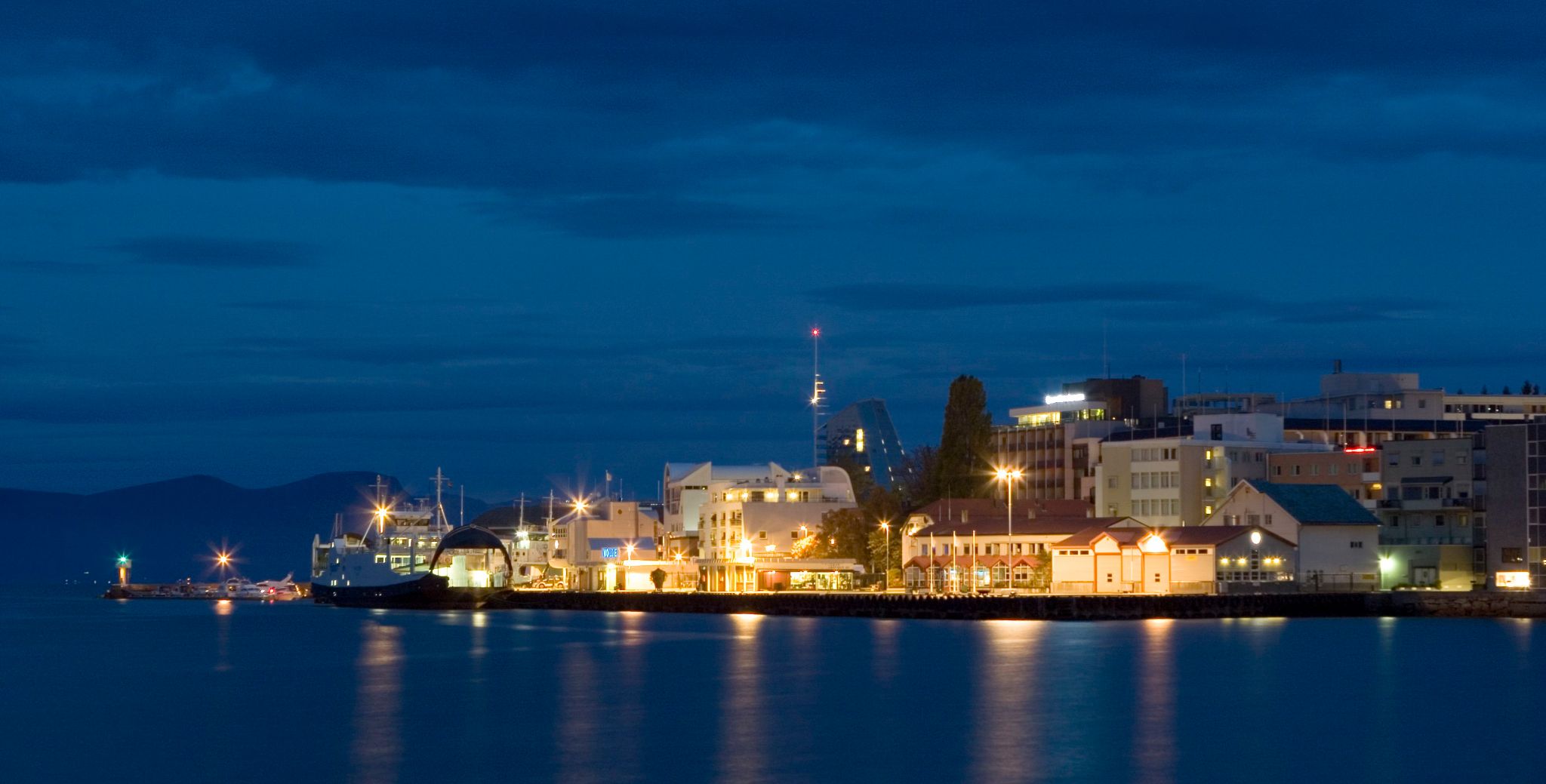 Dzień 9: 07:00-17:00
Dzień 9: 07:00-17:00Molde / Norway
Molde to malownicze miasto na zachodnim wybrzeżu Norwegii, położone nad brzegiem fiordu Romsdalsfjord. Znane z zachwycających krajobrazów, miasto często nazywane jest „Miastem Róż” z powodu licznych ogrodów różanych, które ozdabiają jego ulice i parki. Molde otoczone jest szczytami górskimi i zielonymi wzgórzami, co tworzy unikalne połączenie widoków górskich i morskich. Jednym z najbardziej znanych widoków jest ten z góry Vesterhorn, skąd rozciąga się panorama 222 górskich szczytów, tworzących imponujący krajobraz.
Molde słynie również z życia kulturalnego i historii. W mieście odbywa się międzynarodowy festiwal jazzowy, który przyciąga muzyków i turystów z całego świata. Miasto oferuje turystom wiele możliwości aktywnego wypoczynku, takich jak wędrówki malowniczymi szlakami, wędkarstwo i rejsy po fiordzie. Zabytki historyczne, takie jak Kościół Molde, oraz bliskość naturalnych atrakcji, takich jak Droga Atlantycka, sprawiają, że Molde jest idealnym miejscem dla tych, którzy chcą połączyć wypoczynek na łonie natury z odkrywaniem kultury i historii.
-
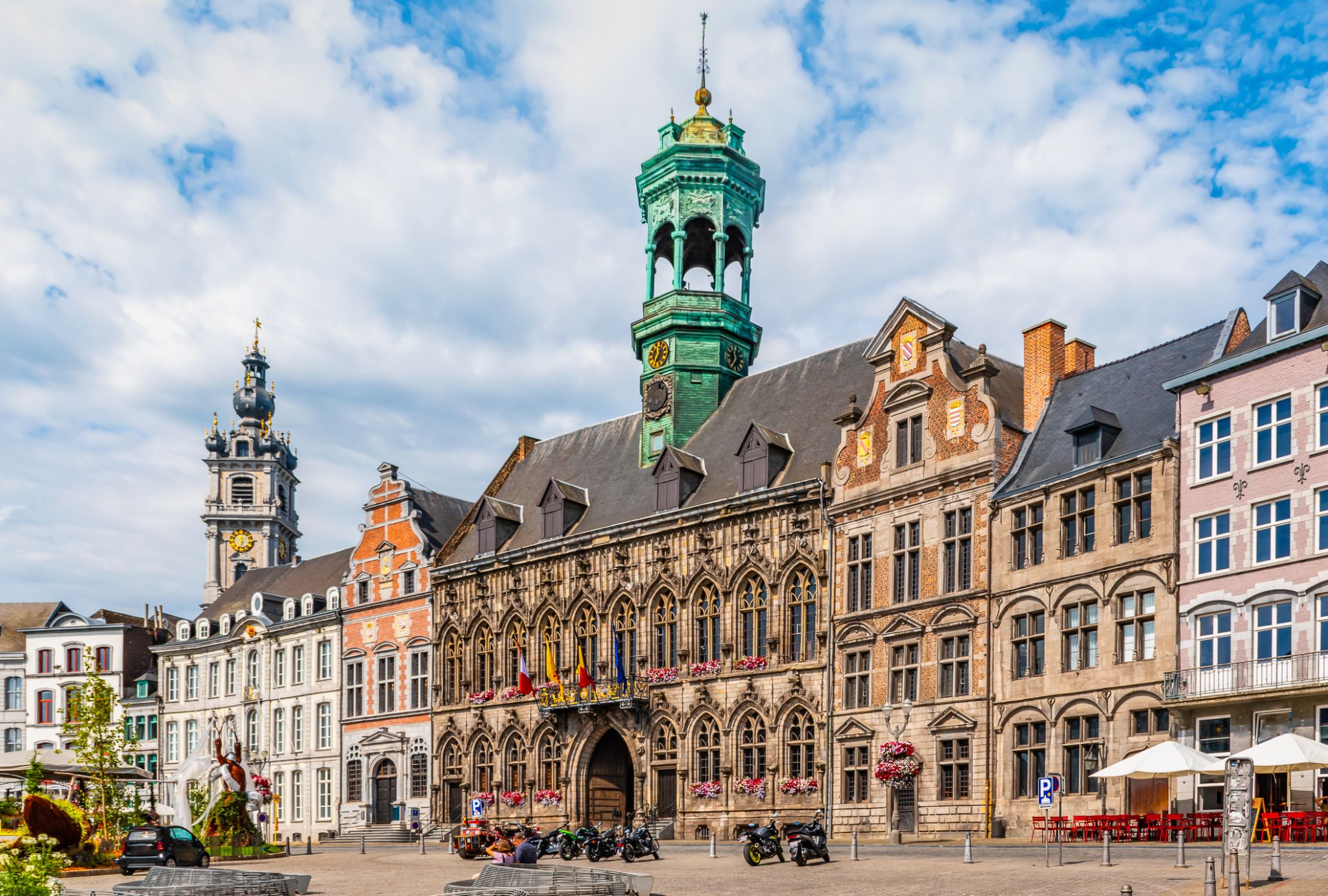 Dzień 10: 09:00-19:00
Dzień 10: 09:00-19:00Mons / Belgia
-
 Dzień 11:
Dzień 11:Dzień na morzu / Morze
-
 Dzień 12: 07:00-19:00
Dzień 12: 07:00-19:00Hamburg / Niemcy
Hamburg ; officially the Free and Hanseatic City of Hamburg is the second-largest city in Germany with a population of over 1.8 million.
One of Germany's 16 federal states, it is surrounded by Schleswig-Holstein to the north and Lower Saxony to the south. The city's metropolitan region is home to more than five million people. Hamburg lies on the River Elbe and two of its tributaries, the River Alster and the River Bille.
-
 Dzień 13:
Dzień 13:Dzień na morzu / Morze
-
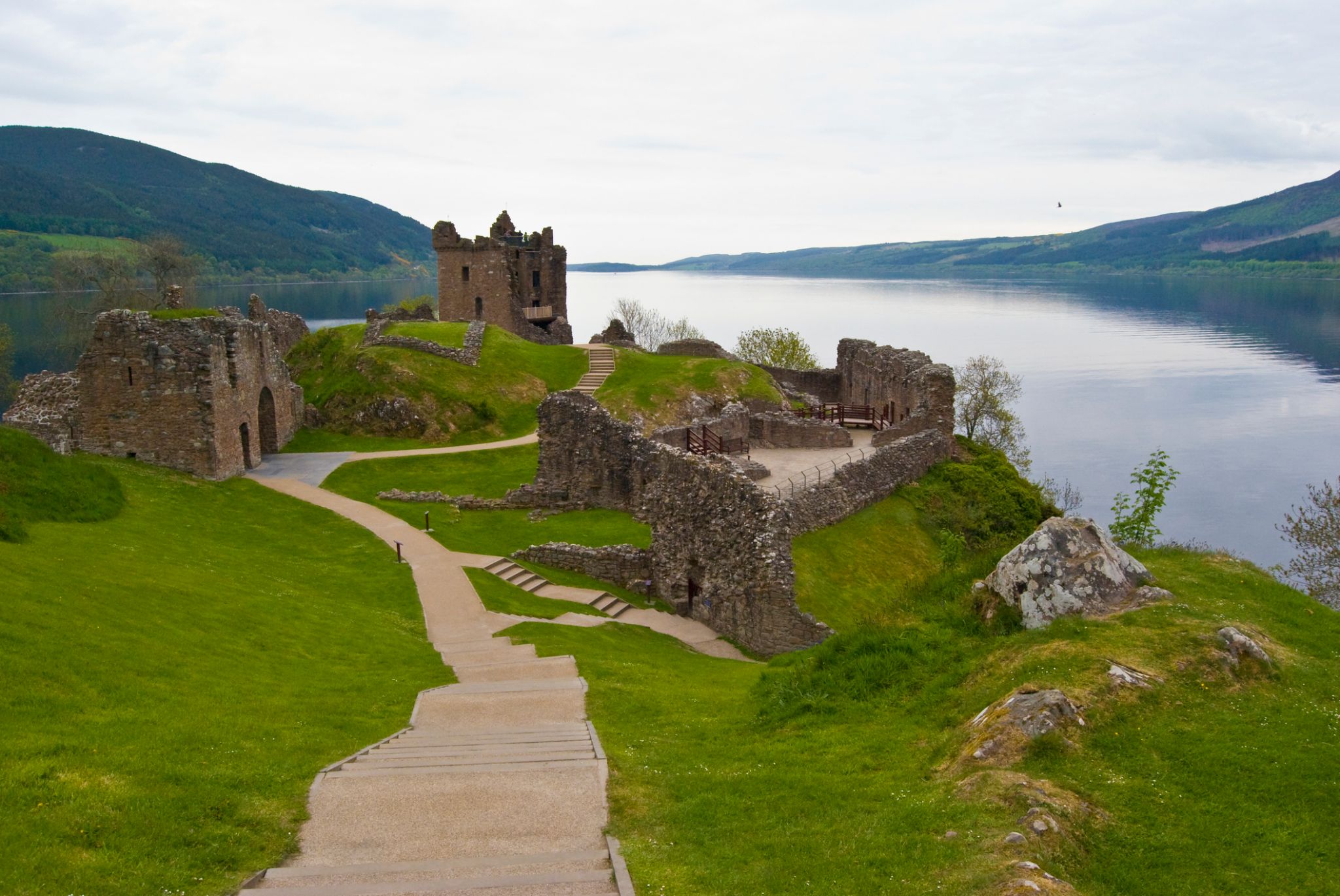 Dzień 14: 07:00-17:00
Dzień 14: 07:00-17:00Invergordon / Wielka Brytania
The town is well known for the Invergordon Mutiny of 1931. More recently it has also become known for the repair of oil rigs which line up in the Cromarty Firth on which the town is situated. In the 1970s and 1980s nearby Nigg was known for the construction of these rigs. The yard used for this is now attempting to re-establish itself as a fabricator of large offshore wind turbines and oil rig refurbishment since being purchased by Global Energy Group.
For a number of years Invergordon was the site of an aluminium smelter until 1981 when British Aluminium closed it down. The pipeline that covered the conveyor belt from the smelter to the BA pier was not dismantled until the early 2000s and the two large tanks still stand today as well as a water tower.
It still has a grain whisky distillery, operated by Philippines-owned whisky giant Whyte and Mackay, the output of which contributes to many blended whiskies. Connected to the distillery was the Invergordon Distillery Pipe Band.
At present the port is visited by many large cruise liners each year, as the deep water port allows disembarkation for coach tours in the northern Highlands.
Since the 1970s some would perceive the town as a 'Glasgow colony', since many workers were recruited from southern Scotland to work in the oil rig fabrication and aluminium smelting industries. As a result, the residents' accents often show more influence from Glasgow, than the surrounding Easter Ross dialect of Highland Englishalthough this has changed in recent years.
In recent years Global Energy Group have been expanding, with the purchase of the Nigg fabrication yard it has also brought much appreciated work to Invergordon's Docks with the town again full of oil company workers through the day.
-
 Dzień 15:
Dzień 15:Dzień na morzu / Morze
-
 Dzień 16: 10:00-23:59
Dzień 16: 10:00-23:59Reykjavik / Islandia
Reykjavík is the capital and largest city of Iceland. It is located in southwestern Iceland, on the southern shore of Faxa Bay. Its latitude is 64°08' N, making it the world's northernmost capital of a sovereign state. With a population of around 123,300 (and over 216,940 in the Capital Region), it is the heart of Iceland's cultural, economic and governmental activity, and is a popular tourist destination.
Reykjavík is believed to be the location of the first permanent settlement in Iceland, which, according to Ingólfr Arnarson, was established in AD 874. Until the 19th century, there was no urban development in the city location. The city was founded in 1786 as an official trading town and grew steadily over the following decades, as it transformed into a regional and later national centre of commerce, population, and governmental activities. It is among the cleanest, greenest, and safest cities in the world.
-
 Dzień 17: 00:01-18:00
Dzień 17: 00:01-18:00Reykjavik / Islandia
Reykjavík is the capital and largest city of Iceland. It is located in southwestern Iceland, on the southern shore of Faxa Bay. Its latitude is 64°08' N, making it the world's northernmost capital of a sovereign state. With a population of around 123,300 (and over 216,940 in the Capital Region), it is the heart of Iceland's cultural, economic and governmental activity, and is a popular tourist destination.
Reykjavík is believed to be the location of the first permanent settlement in Iceland, which, according to Ingólfr Arnarson, was established in AD 874. Until the 19th century, there was no urban development in the city location. The city was founded in 1786 as an official trading town and grew steadily over the following decades, as it transformed into a regional and later national centre of commerce, population, and governmental activities. It is among the cleanest, greenest, and safest cities in the world.
-
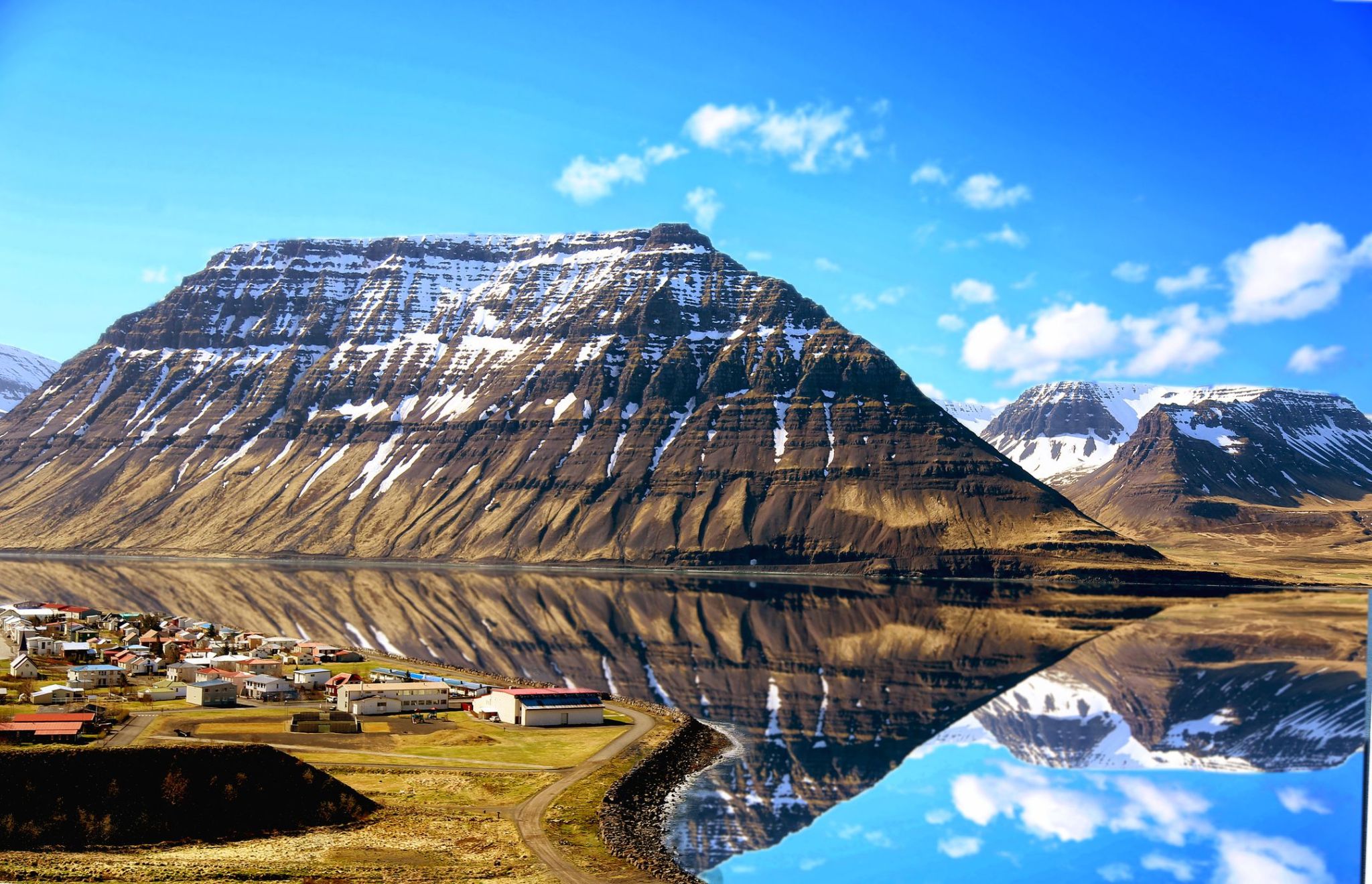 Dzień 18: 07:00-19:00
Dzień 18: 07:00-19:00Isafjordur / Islandia
Isafjörður, meaning ice fjord or fjord of ice, ice in plural genitive) is a town in the northwest of Iceland.
The oldest part of Ísafjörður with the town centre is located on a spit of sand, or eyri, in Skutulsfjörður, a fjord which meets the waters of the larger fjord Ísafjarðardjúp. With a population of about 2,600, Ísafjörður is the largest settlement in the peninsula of Vestfirðir (Westfjords) and the administration centre of the Ísafjarðarbær municipality, which includes – besides Ísafjörður – the nearby villages of Hnífsdalur, Flateyri, Suðureyri, and Þingeyri.
-
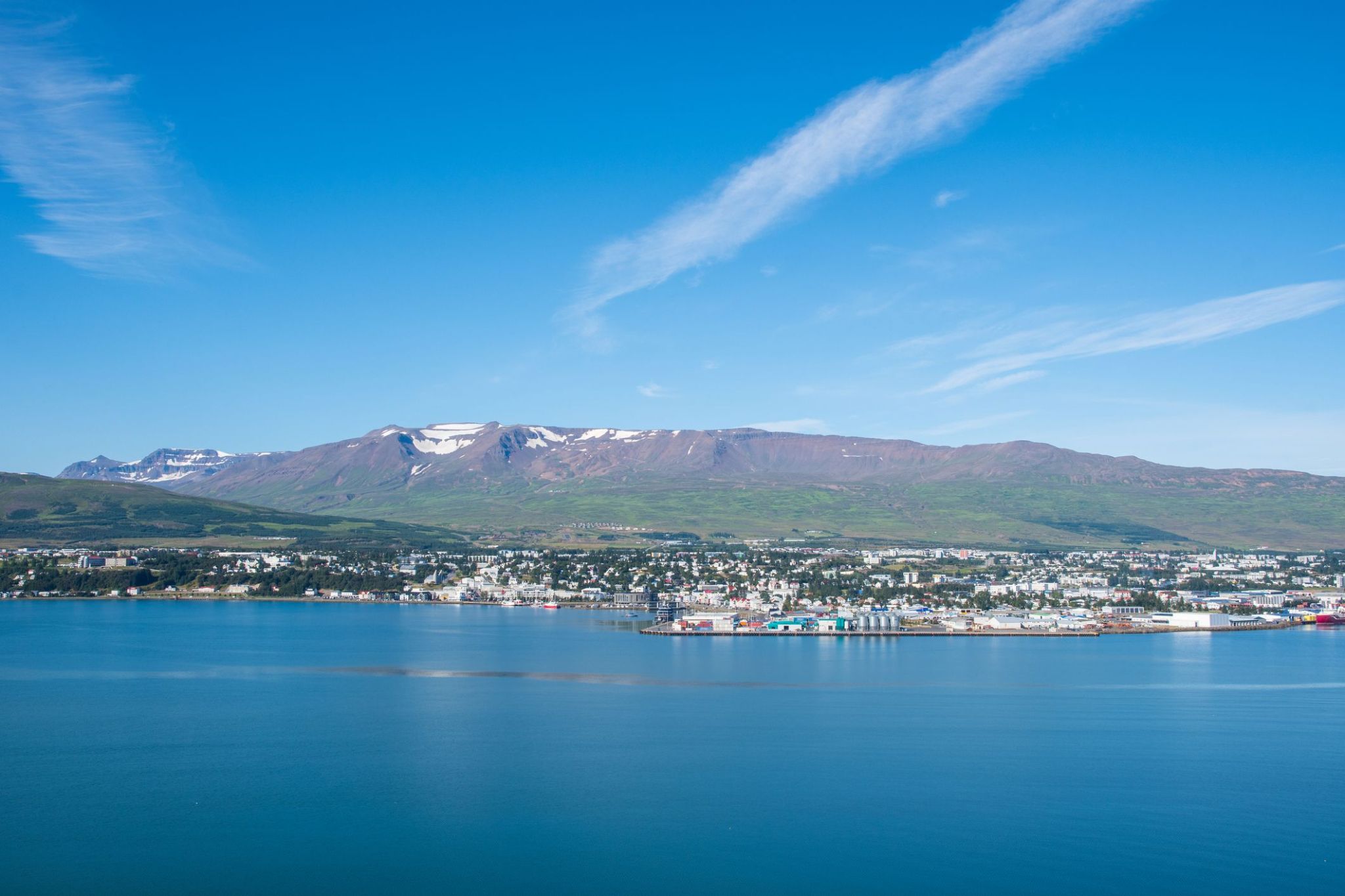 Dzień 19: 07:00-18:00
Dzień 19: 07:00-18:00Akureyri / Islandia
Akureyri is a town in northern Iceland. It is Iceland's Fifth largest municipality.
Nicknamed the Capital of North Iceland, Akureyri is an important port and fishing centre. The area where Akureyri is located was settled in the 9th century but did not receive a municipal charter until 1786. The town was the site of Alliedunits during World War II. Further growth occurred after the war as the Icelandic population increasingly moved to urban areas.
The area has a relatively mild climate because of geographical factors, and the town's ice-free harbour has played a significant role in its history.
-
 Dzień 20:
Dzień 20:Dzień na morzu / Morze
-
 Dzień 21: 09:00-20:00
Dzień 21: 09:00-20:00Kirkwall / Wielka Brytania
-
 Dzień 22:
Dzień 22:Dzień na morzu / Morze
-
 Dzień 23: 06:00
Dzień 23: 06:00Hamburg / Niemcy
Hamburg ; officially the Free and Hanseatic City of Hamburg is the second-largest city in Germany with a population of over 1.8 million.
One of Germany's 16 federal states, it is surrounded by Schleswig-Holstein to the north and Lower Saxony to the south. The city's metropolitan region is home to more than five million people. Hamburg lies on the River Elbe and two of its tributaries, the River Alster and the River Bille.

